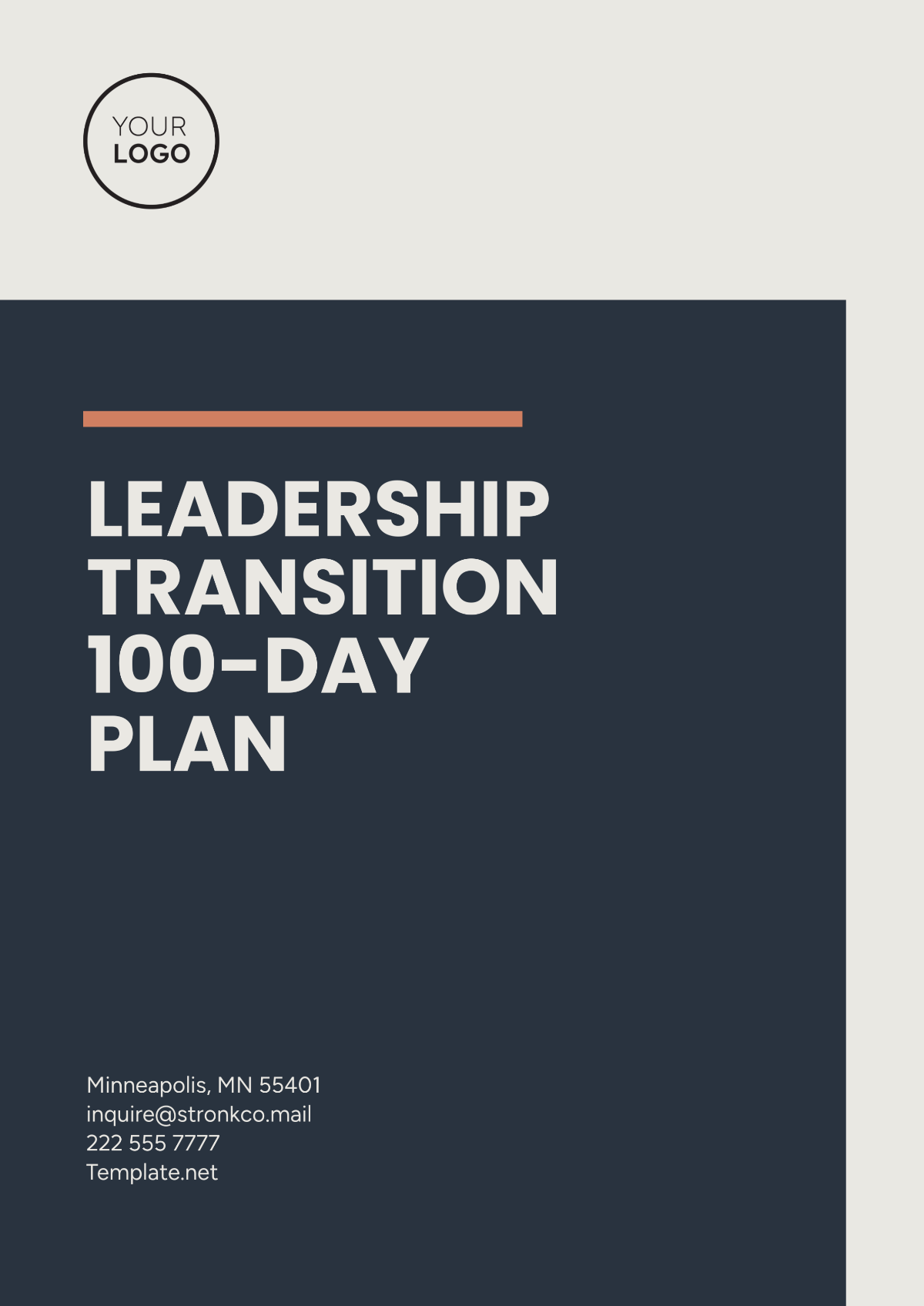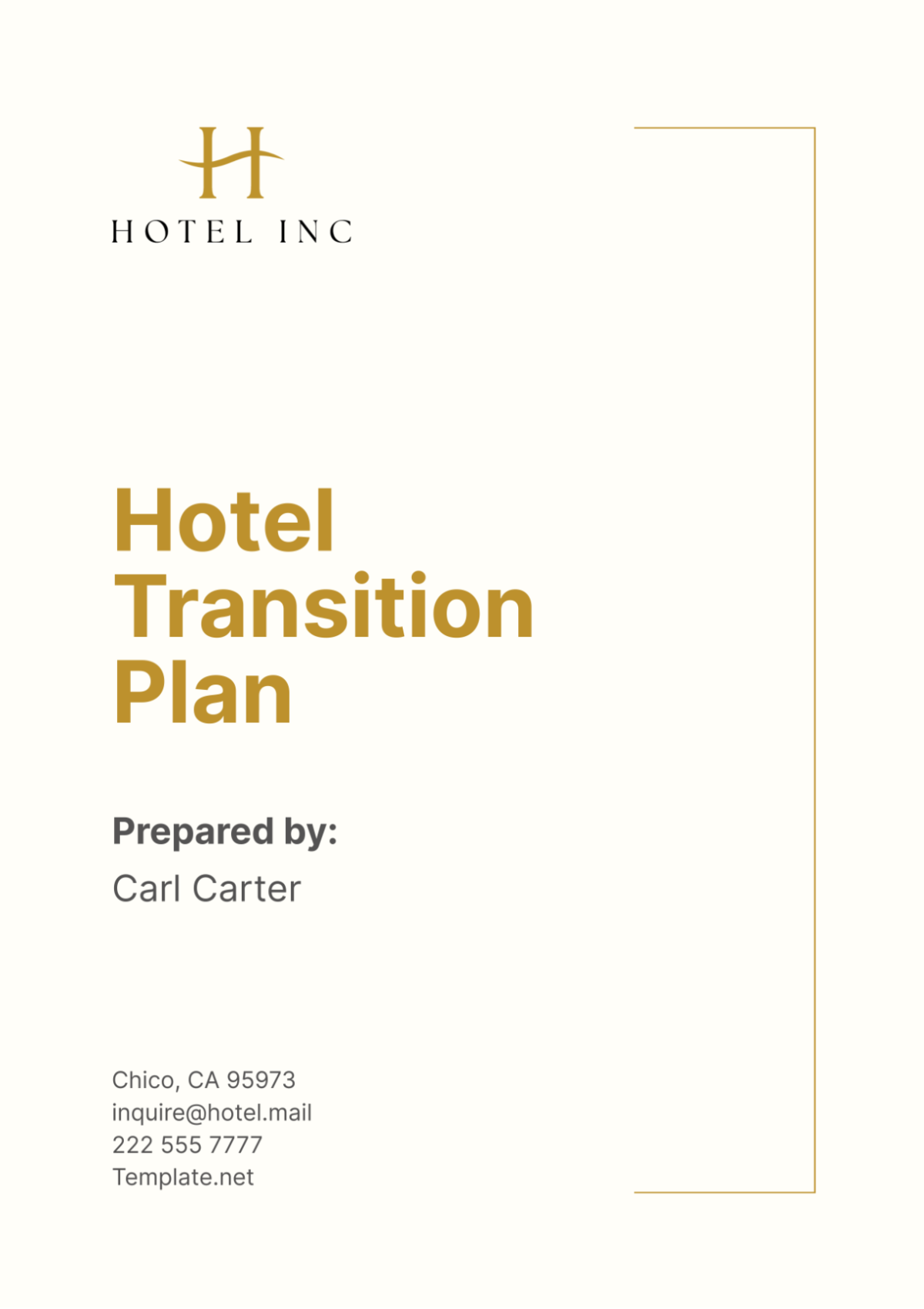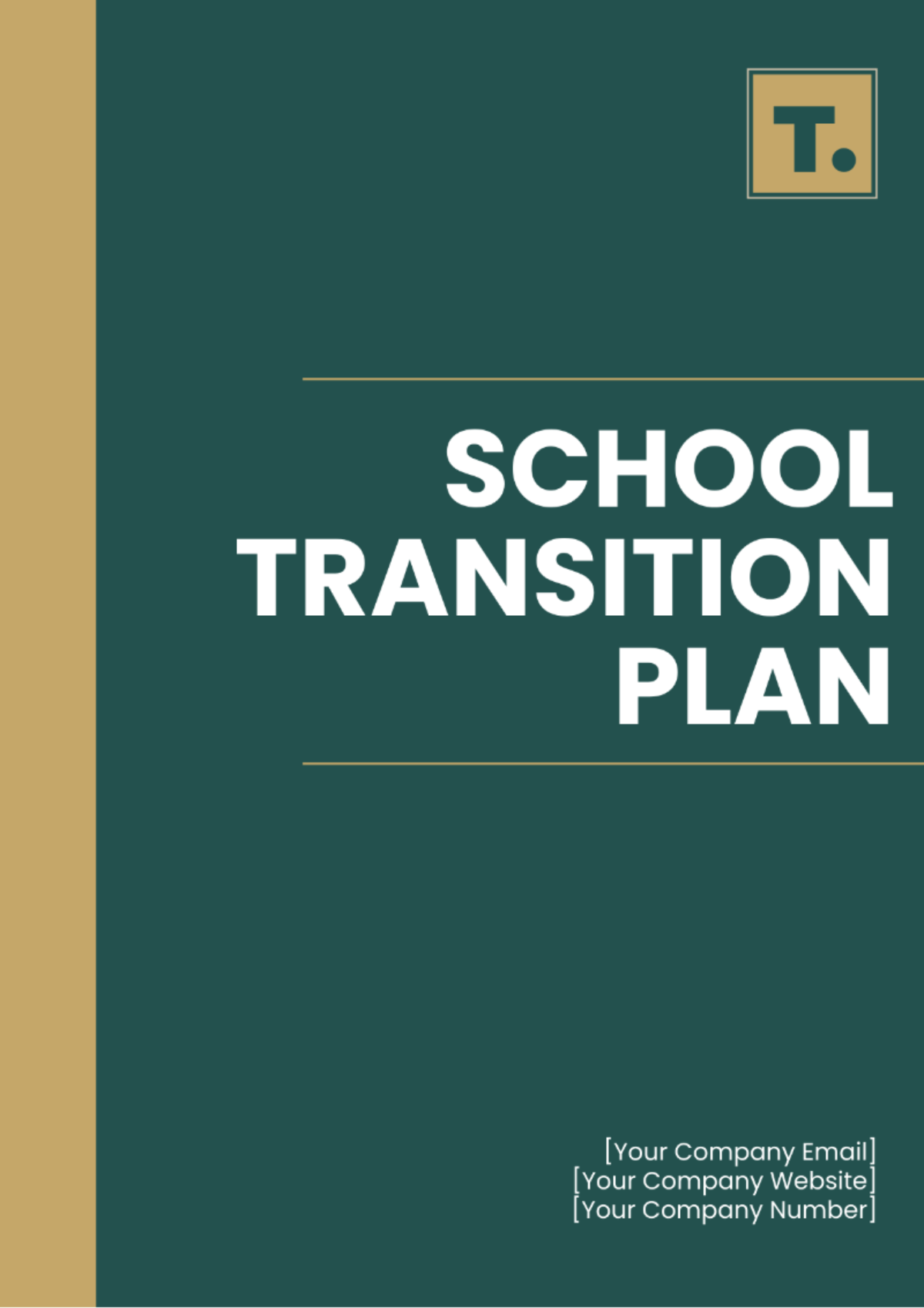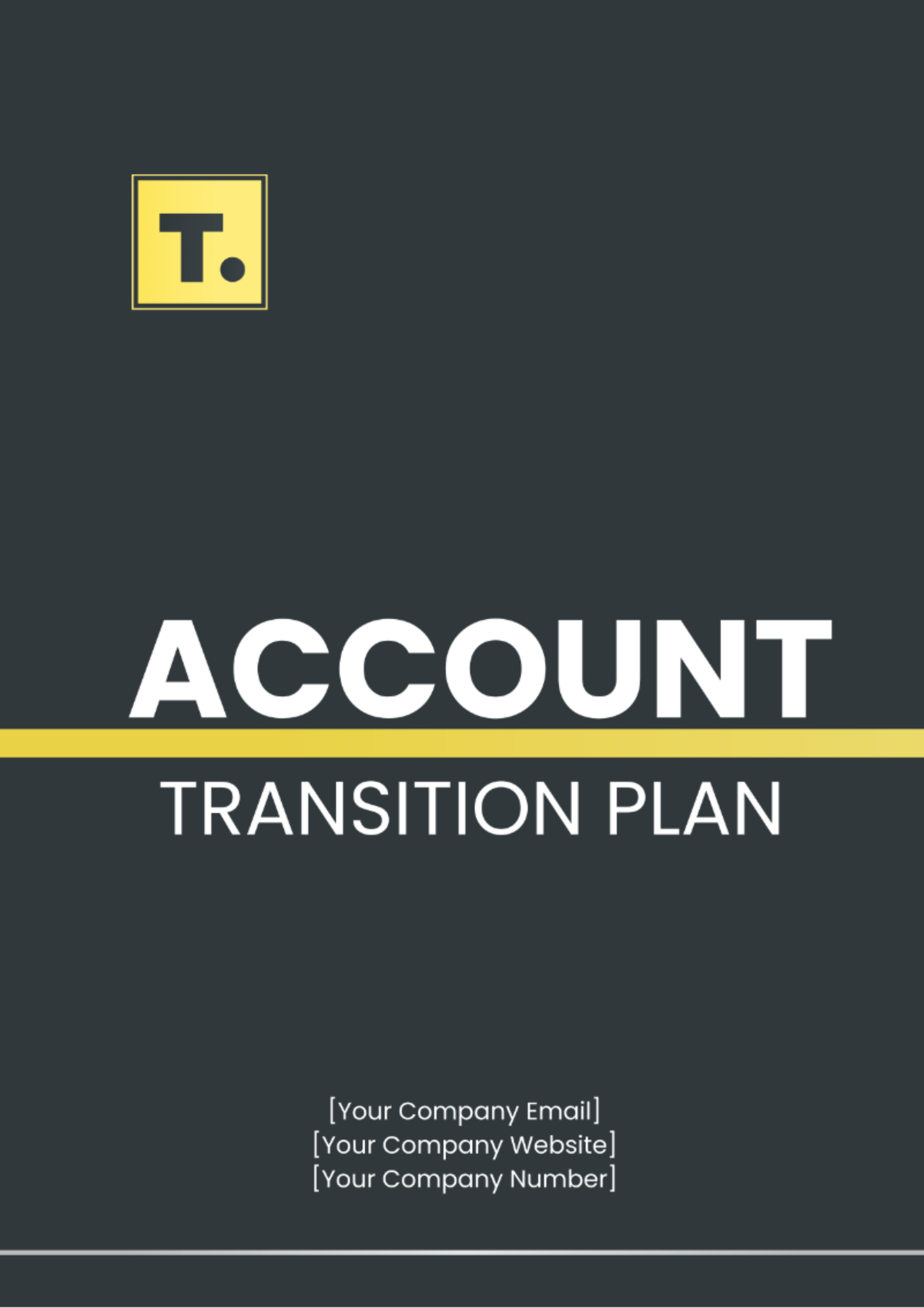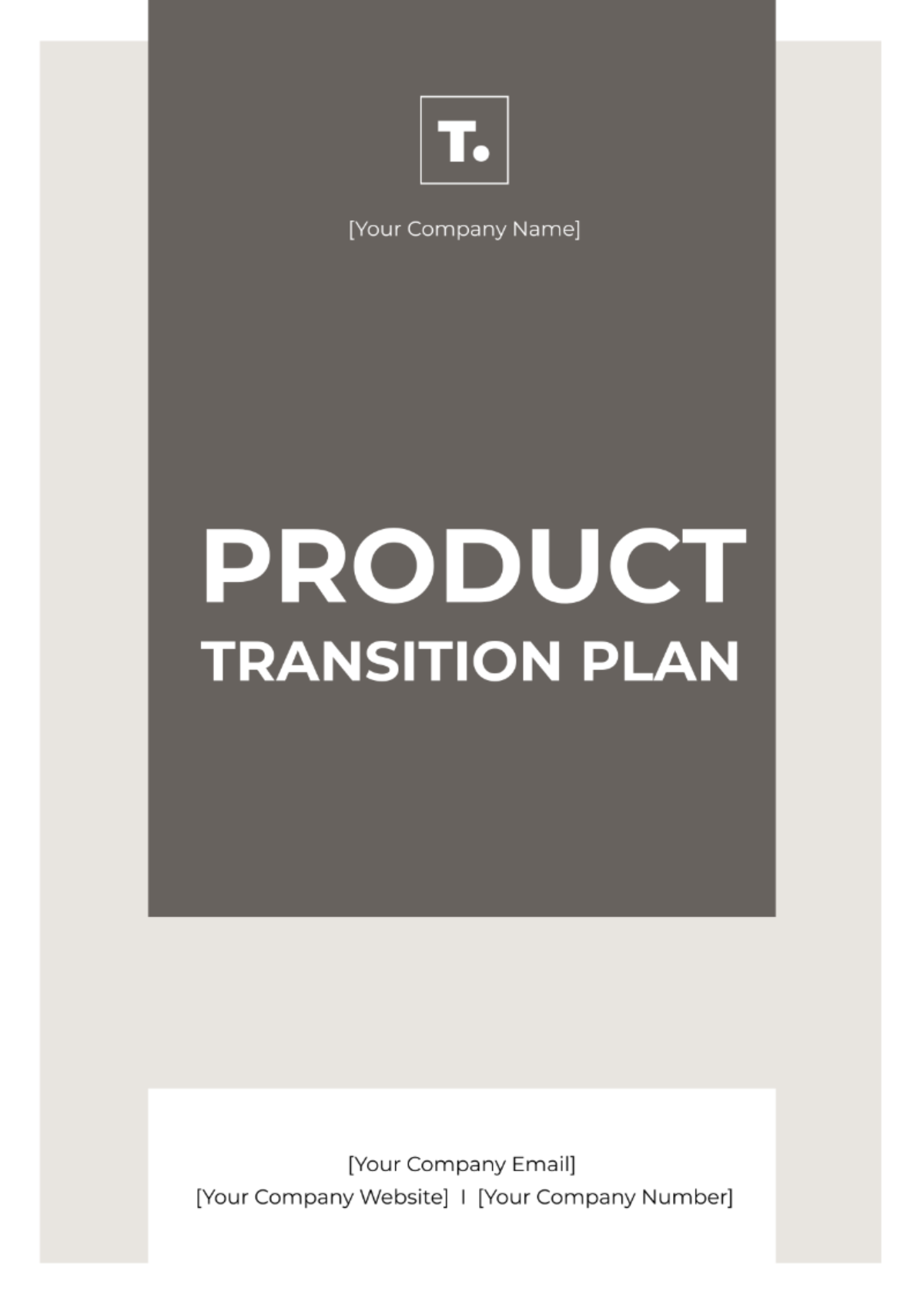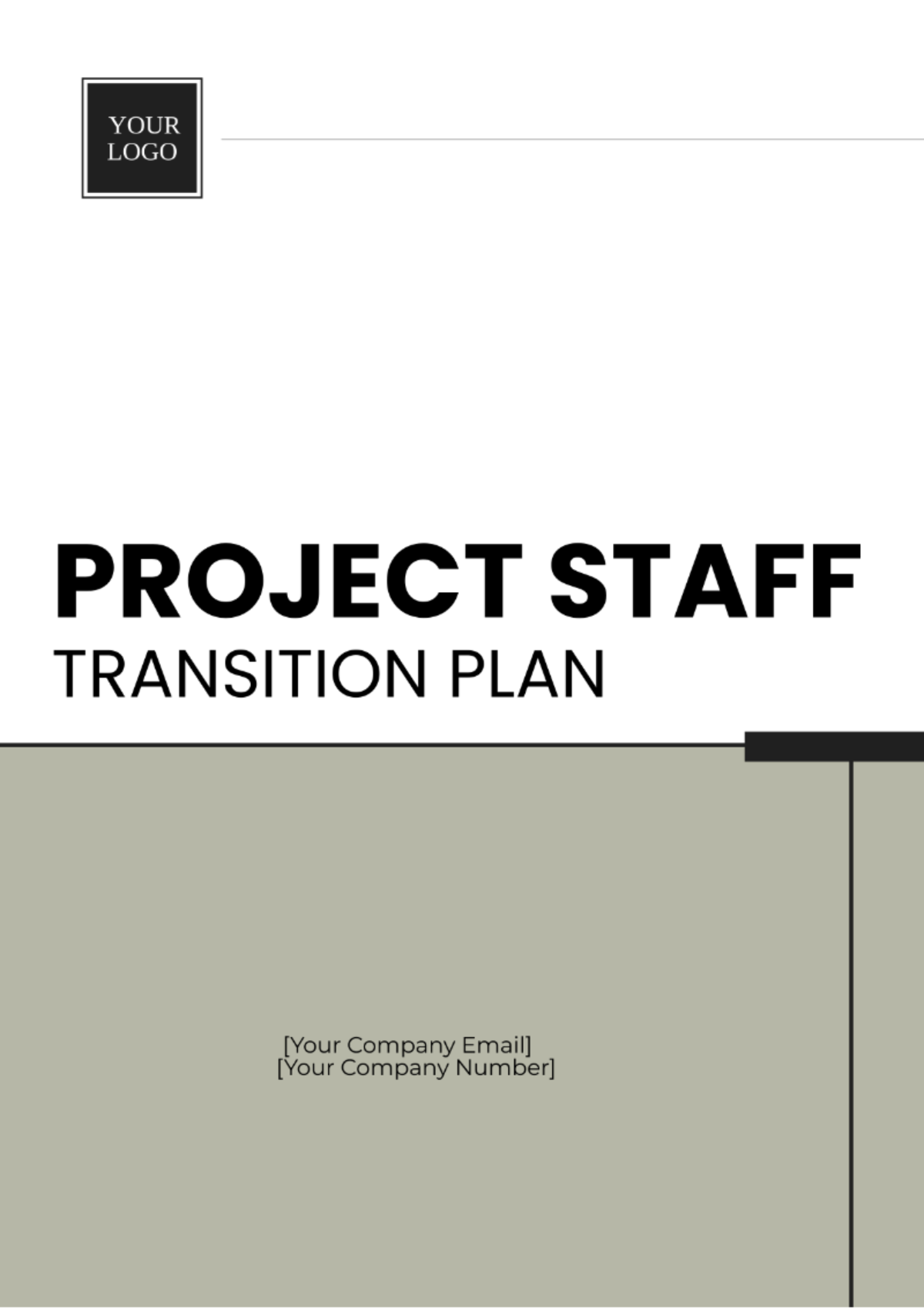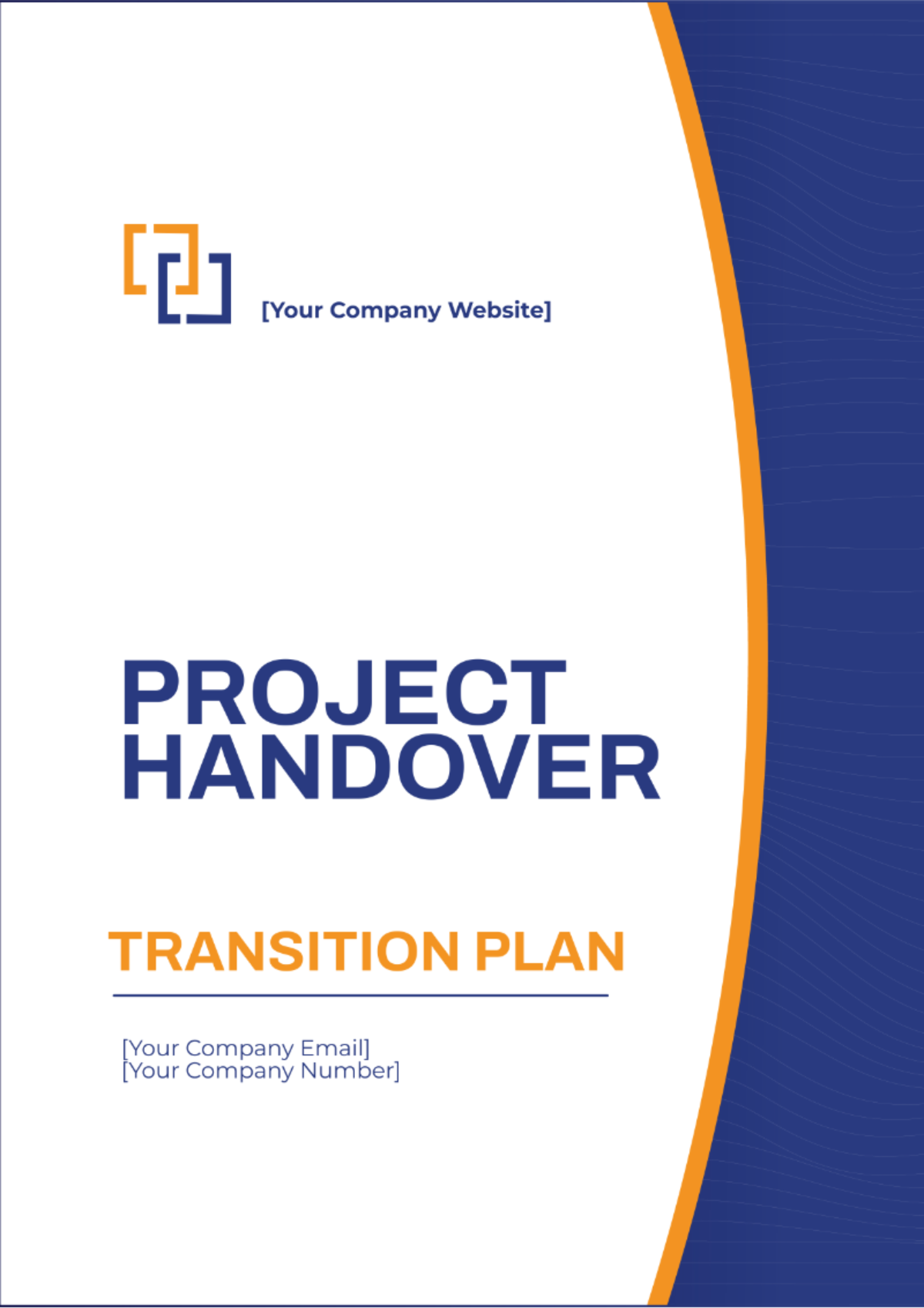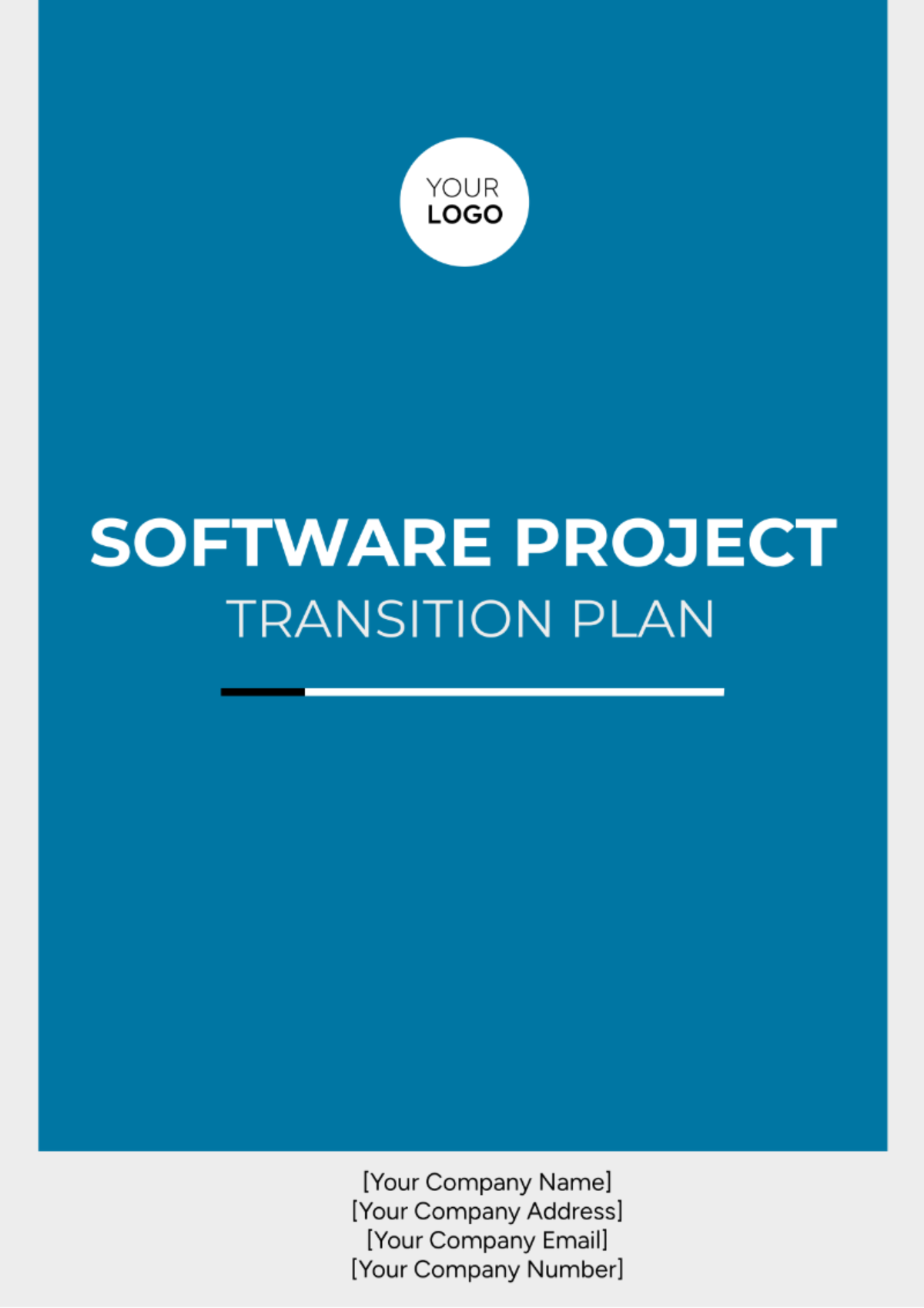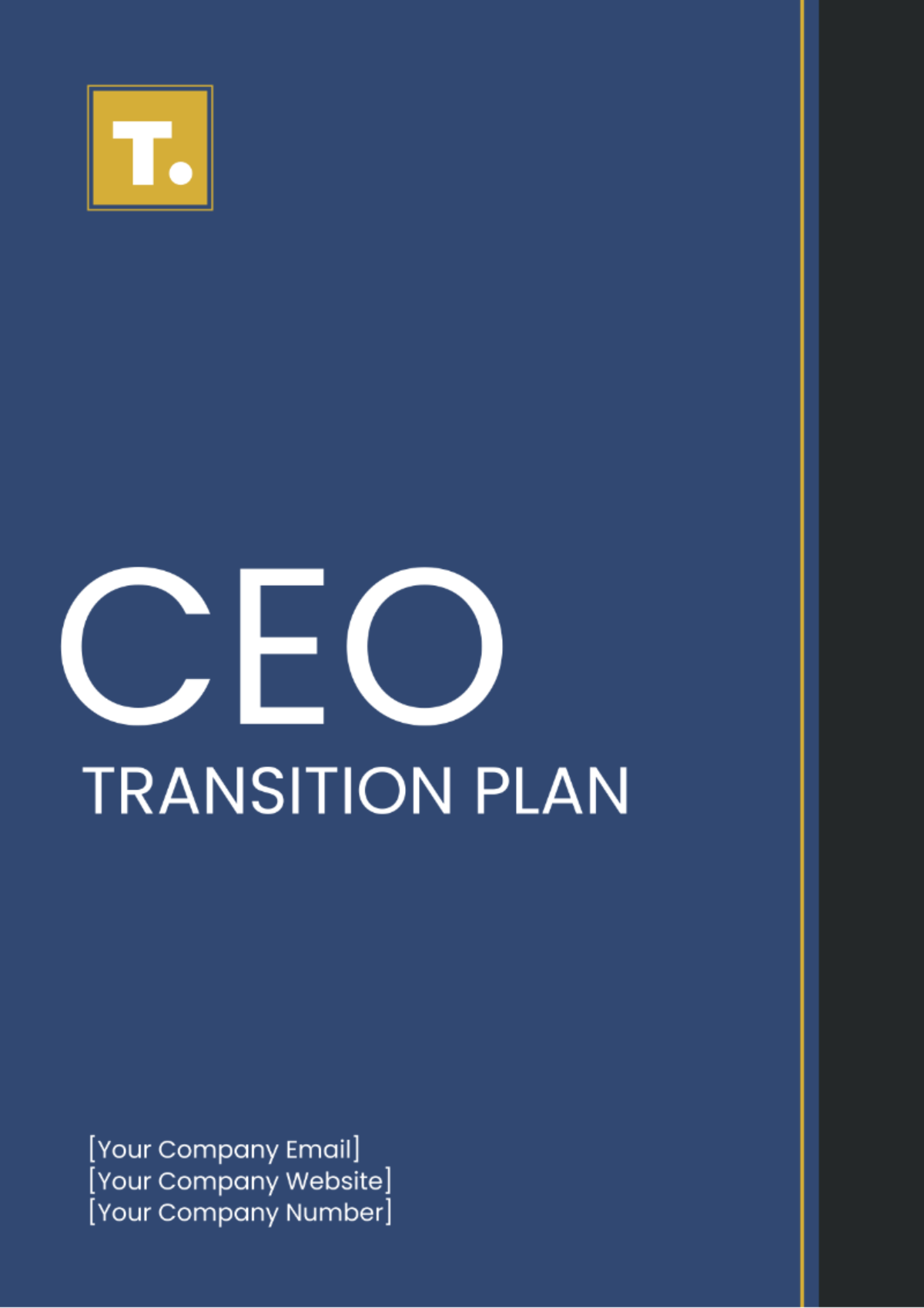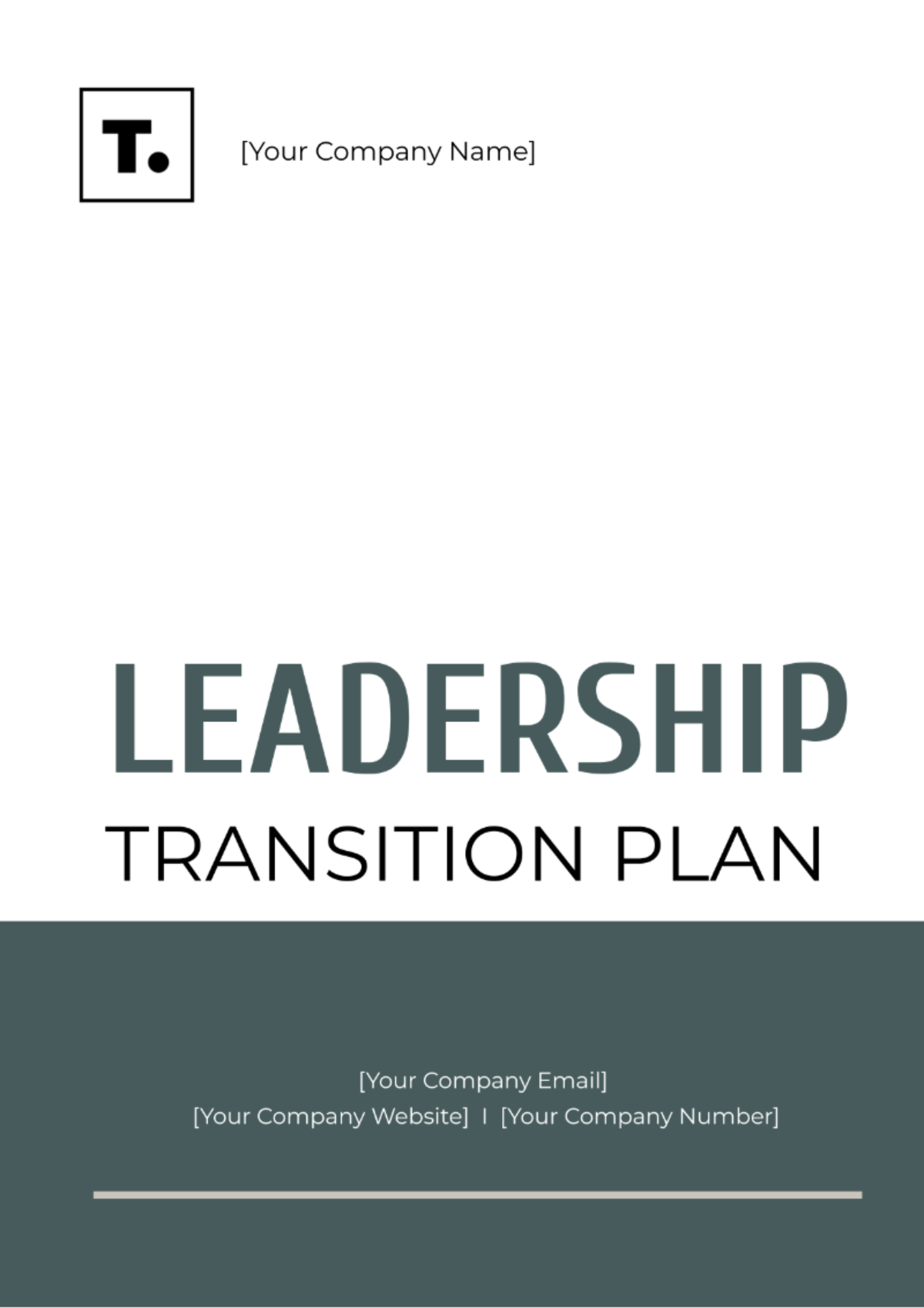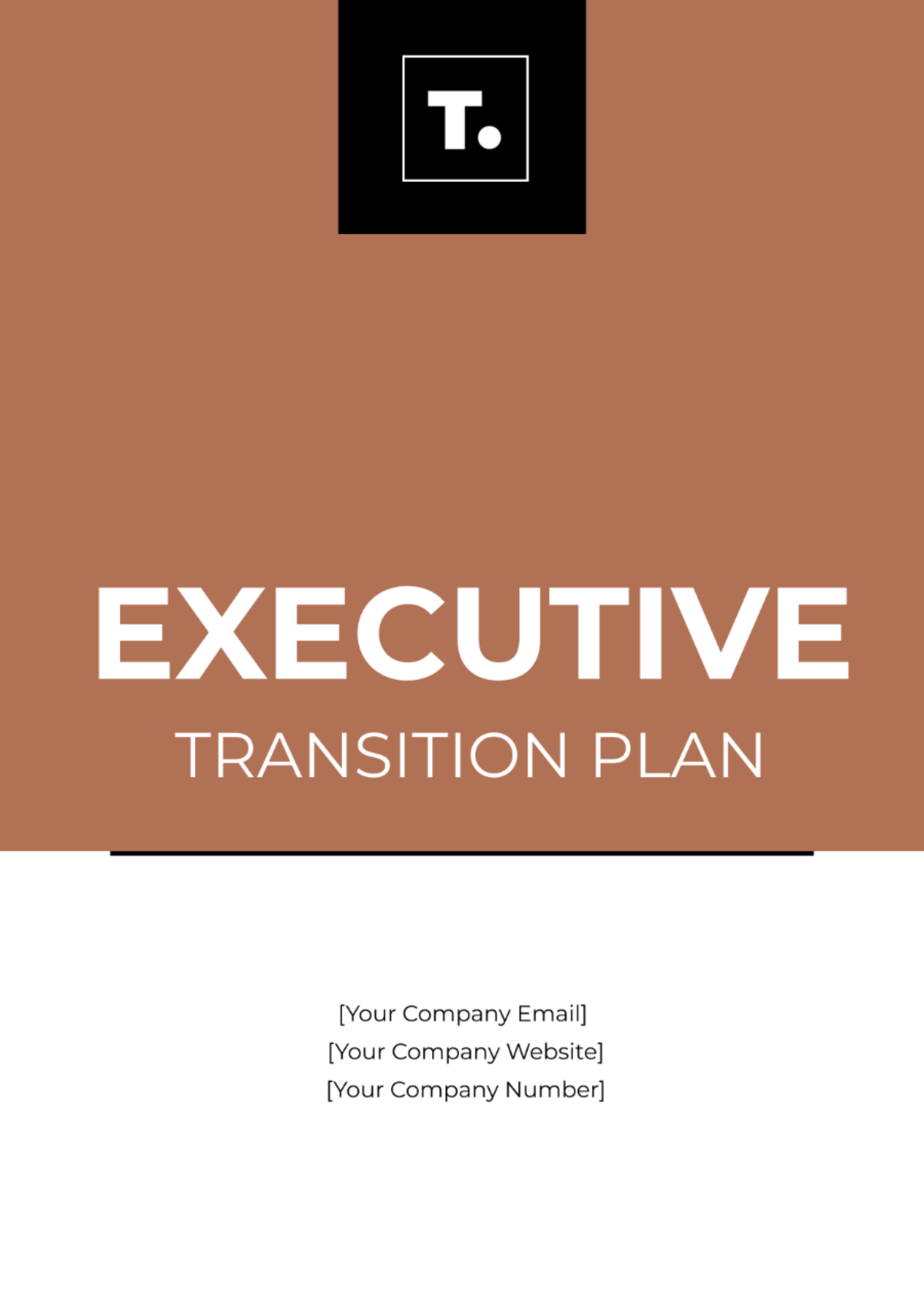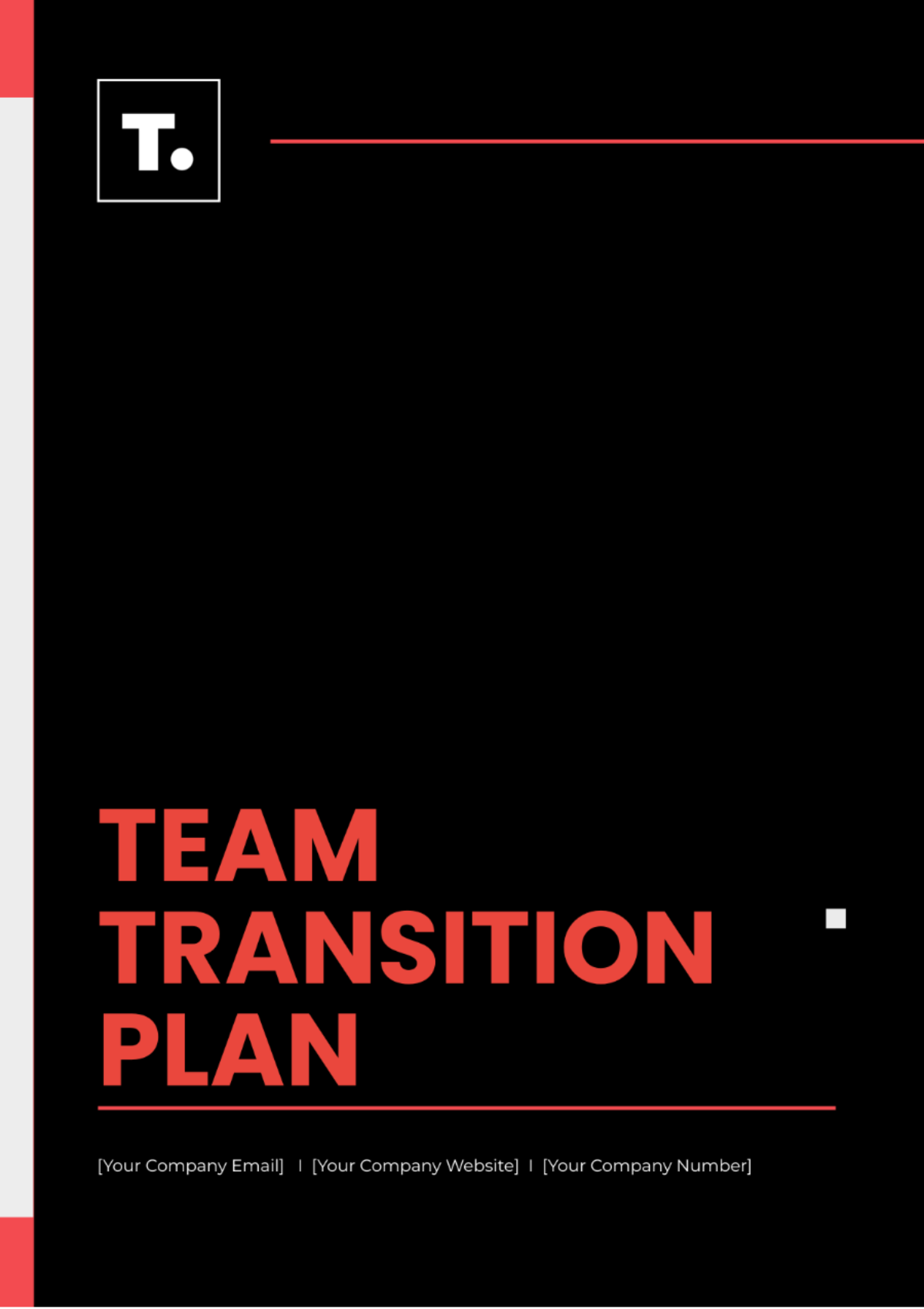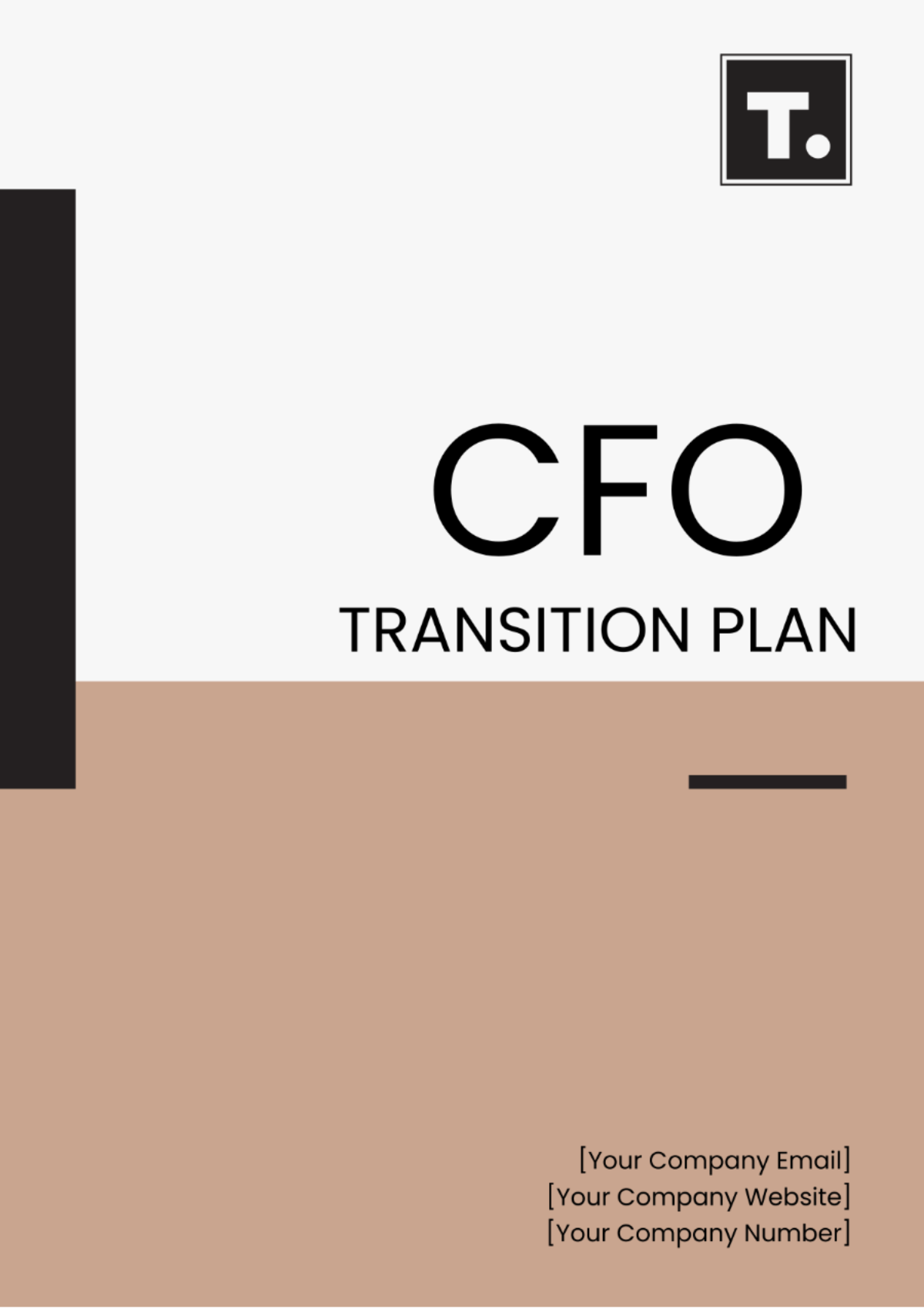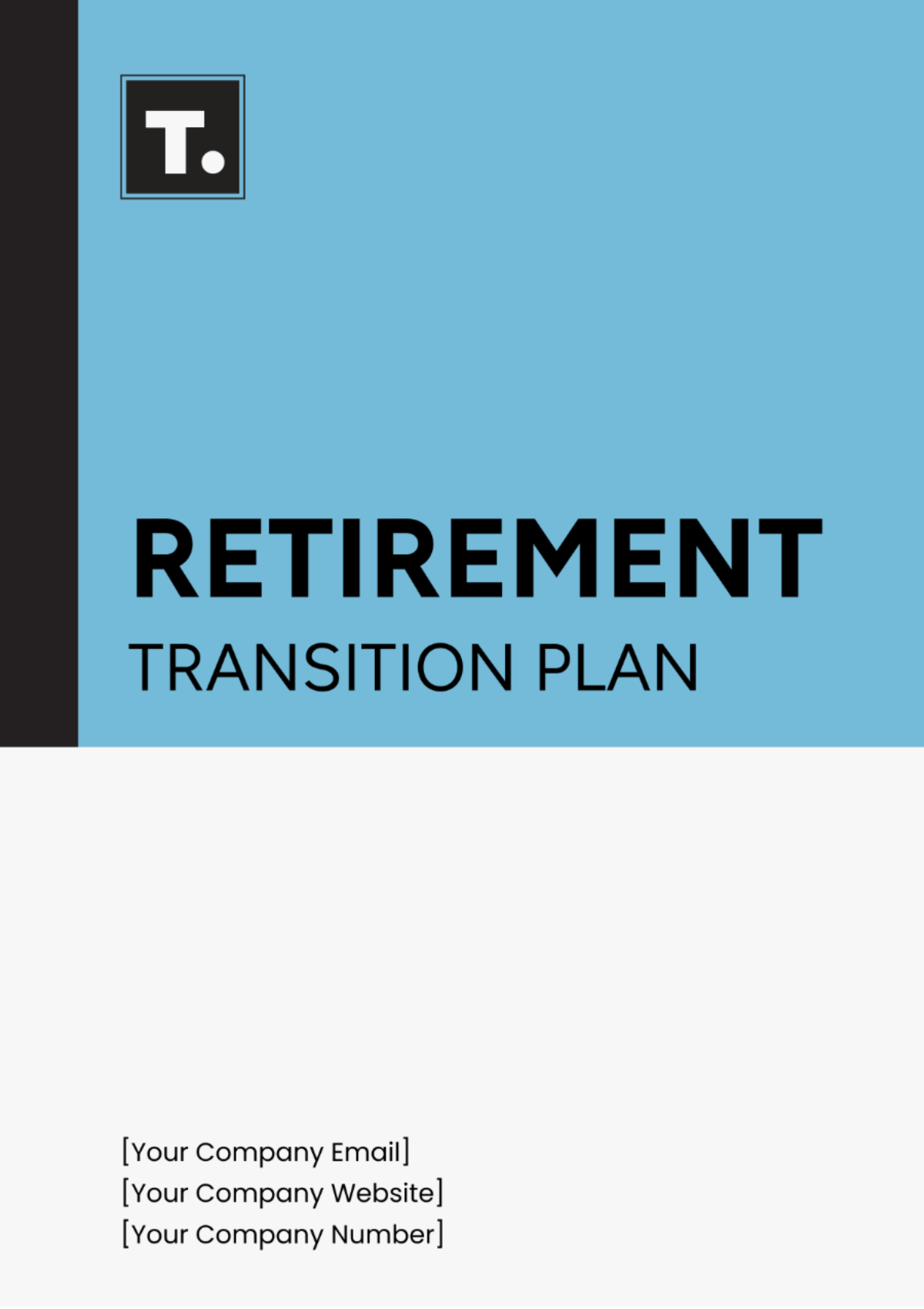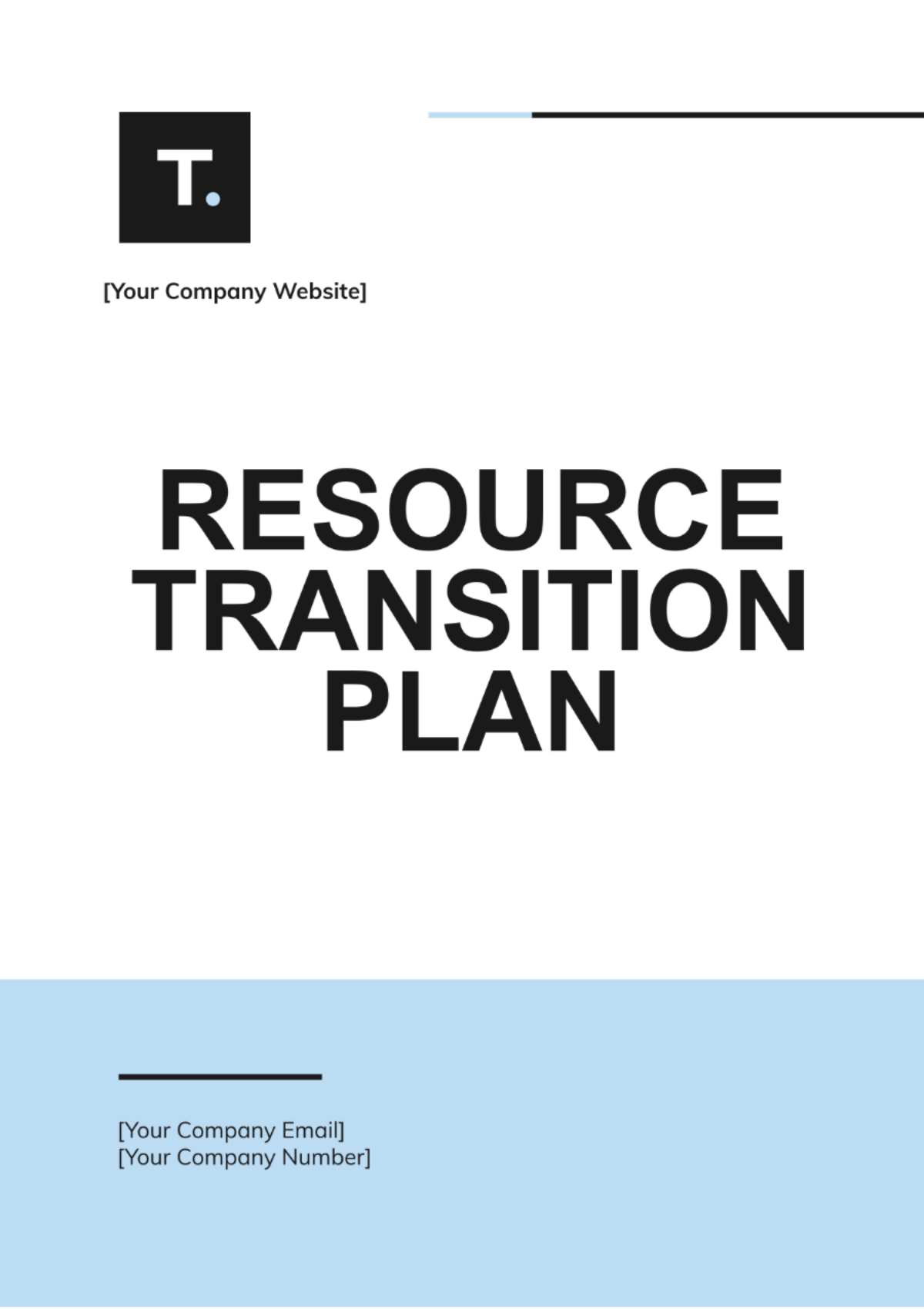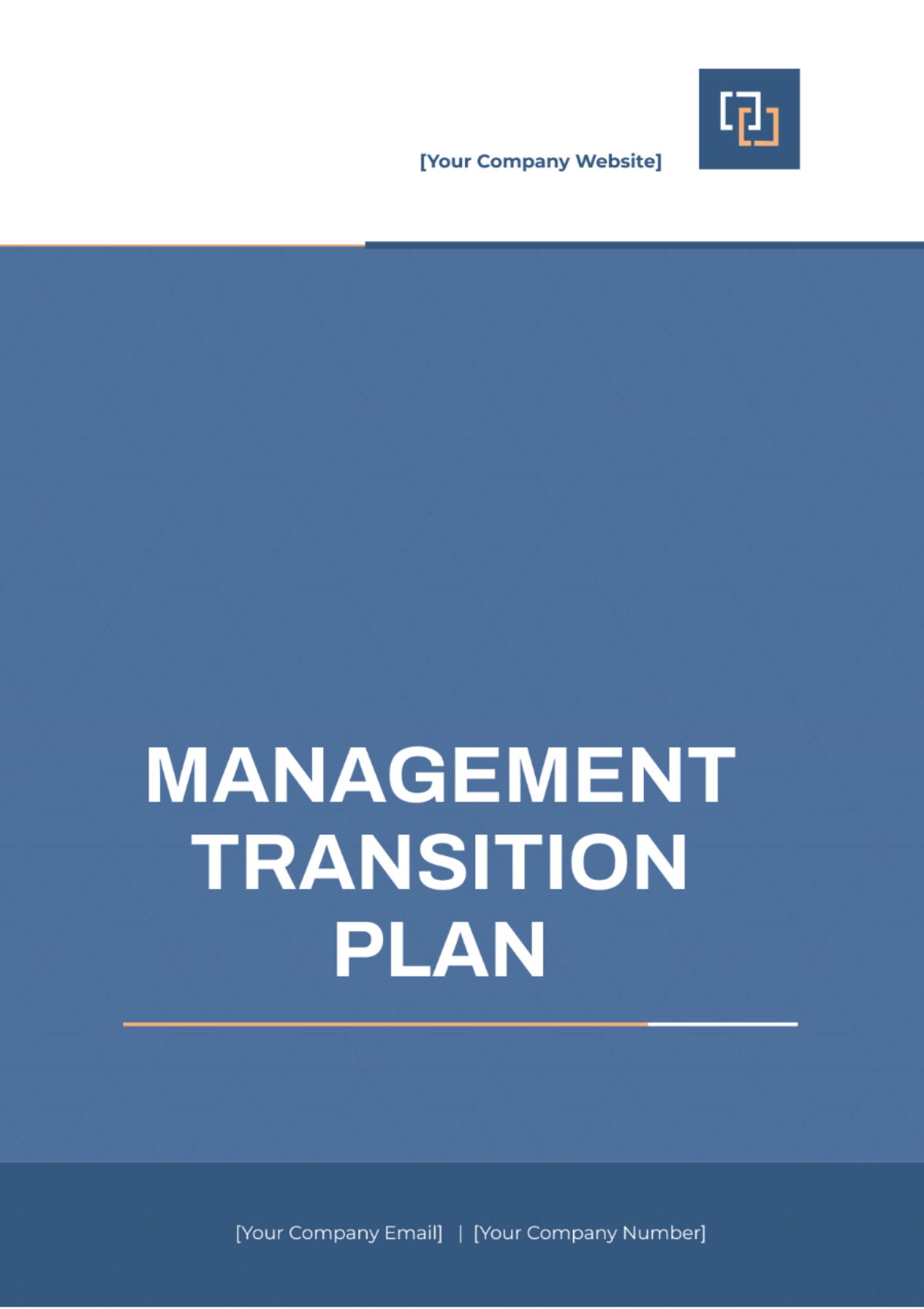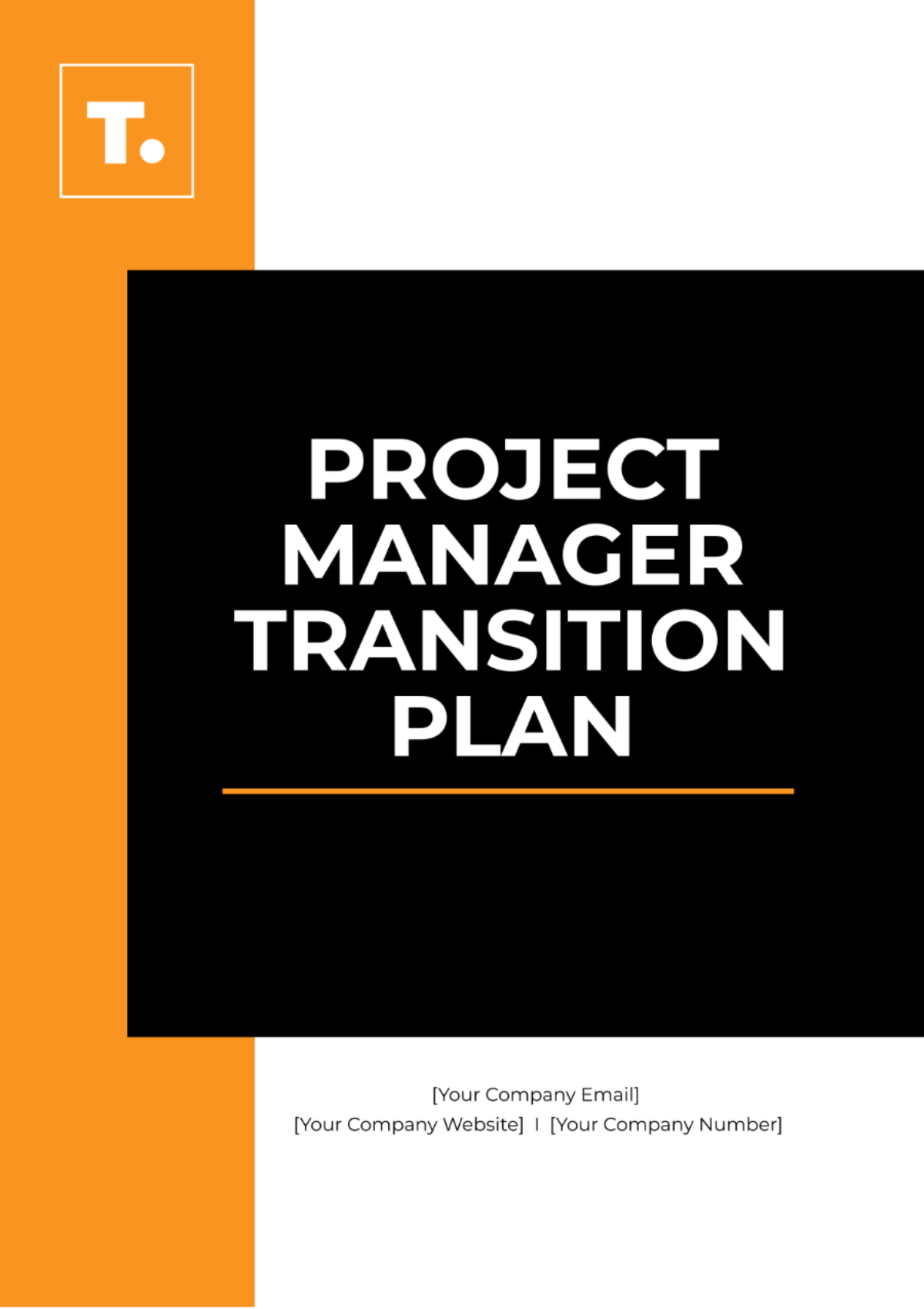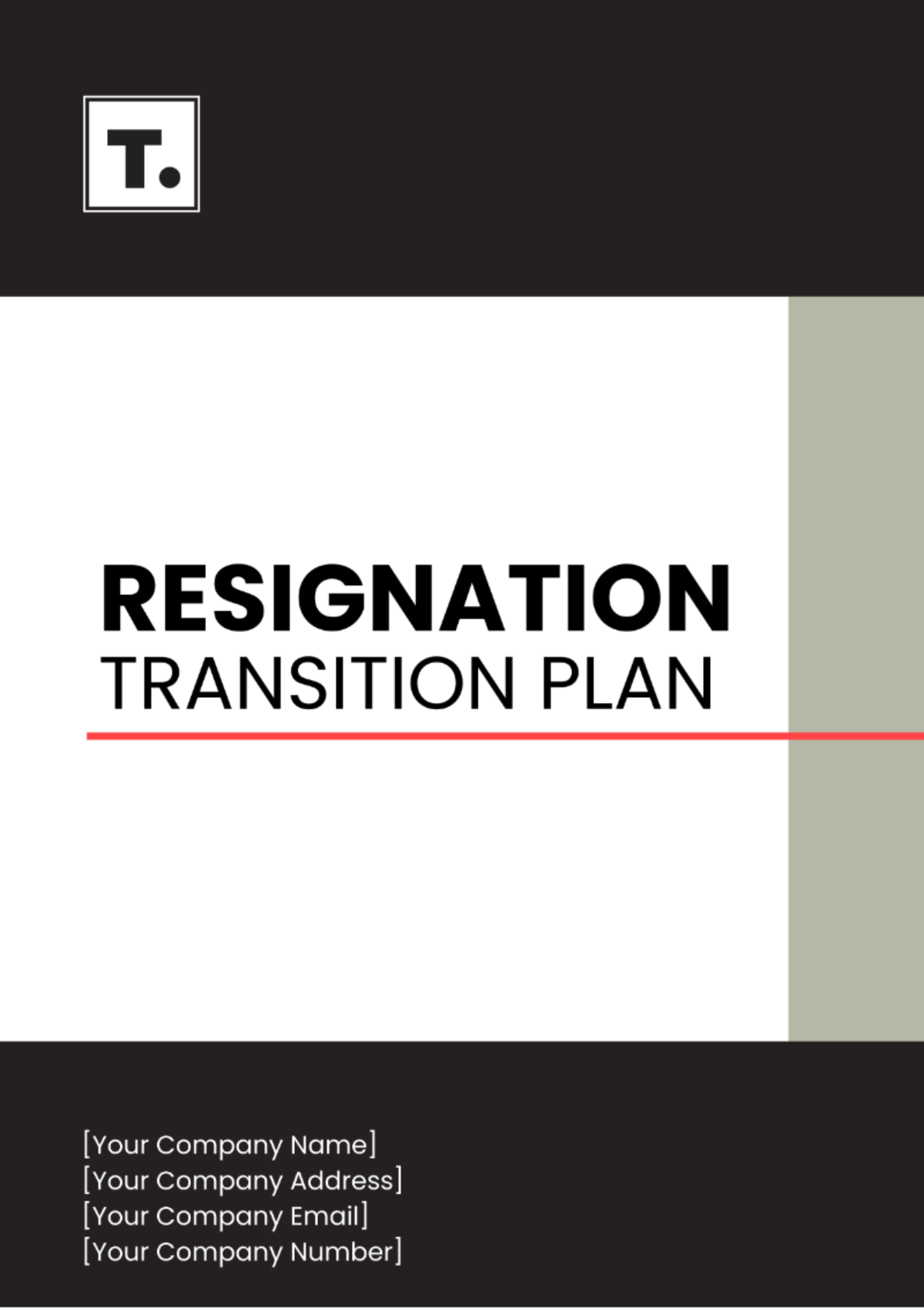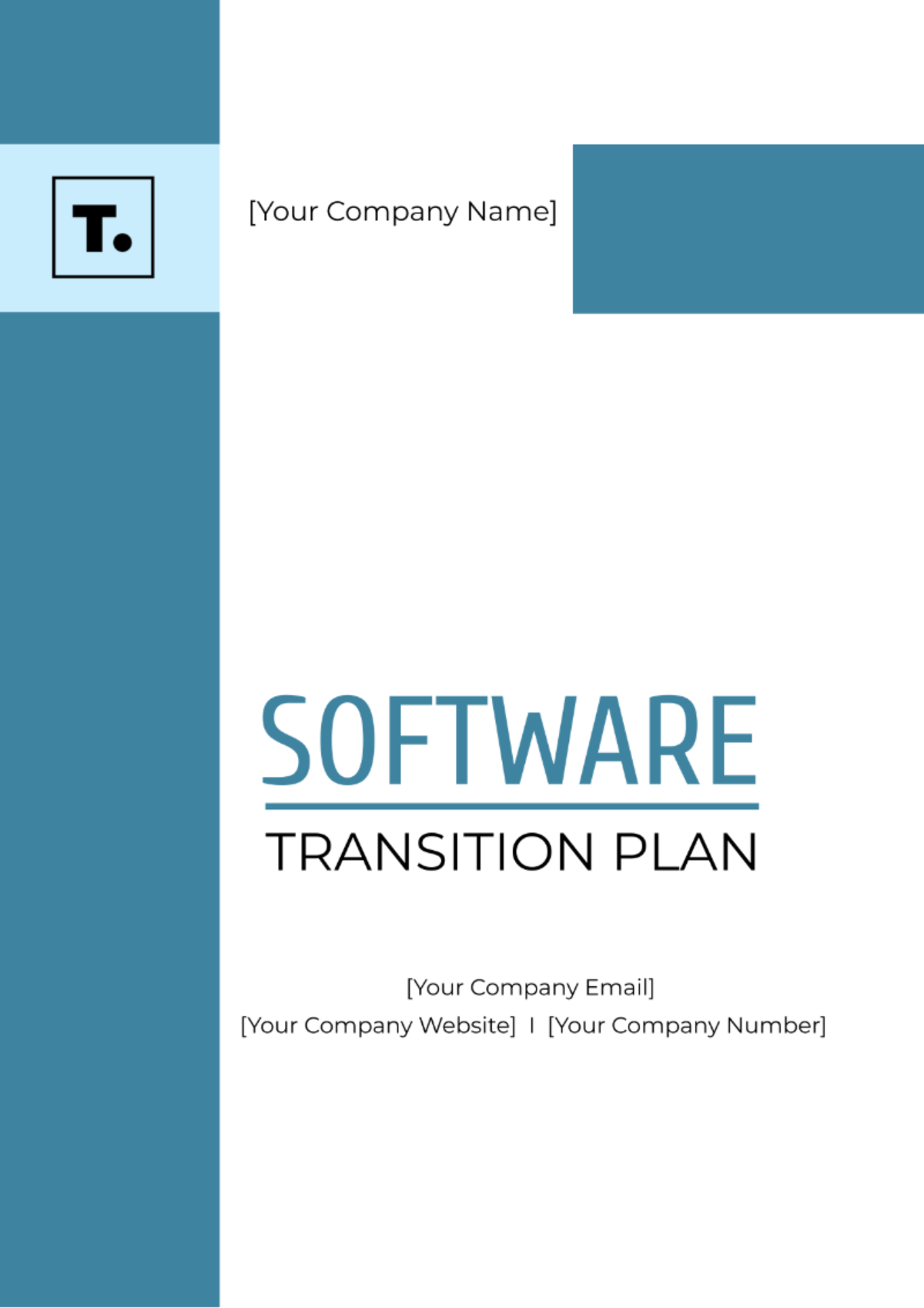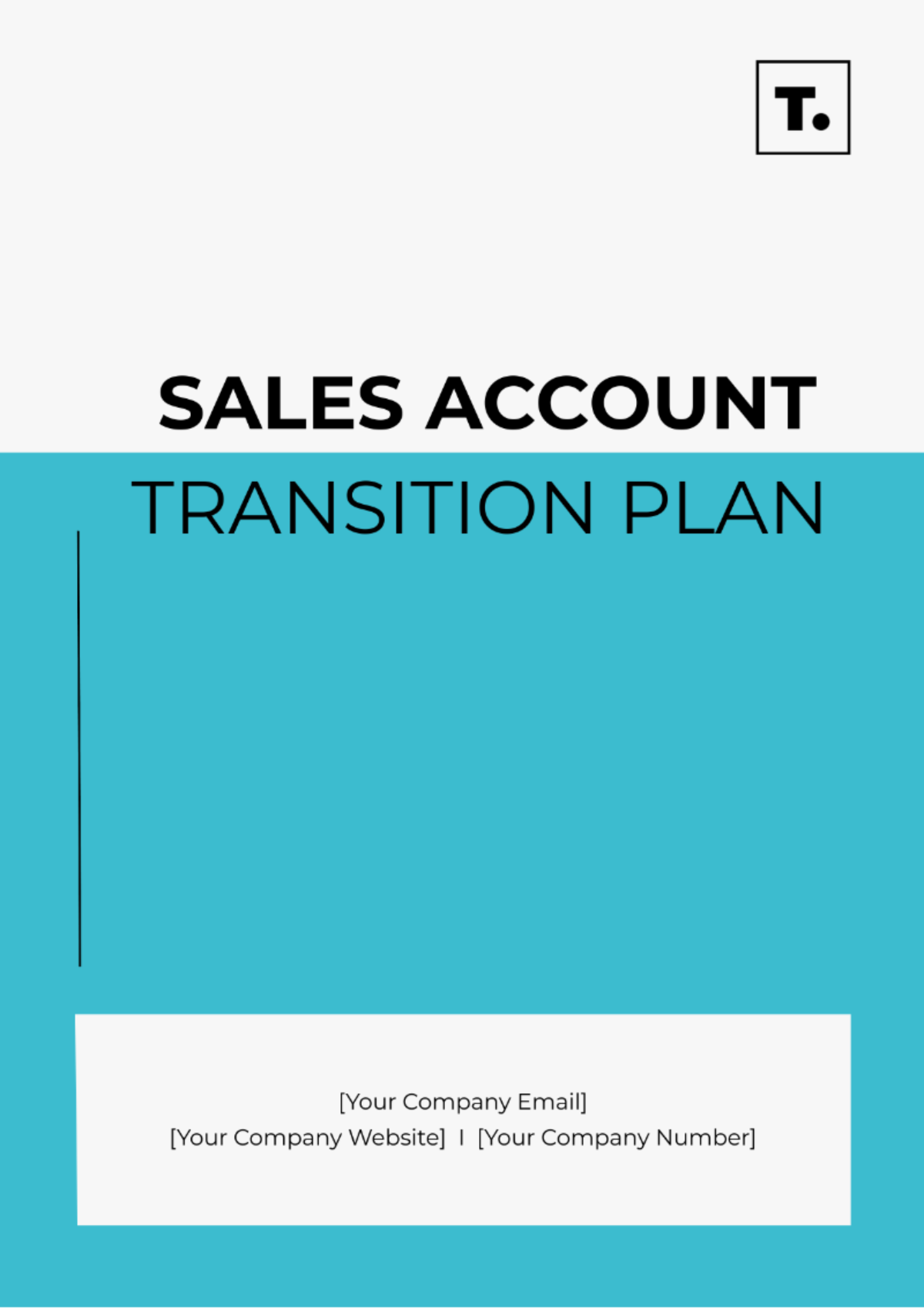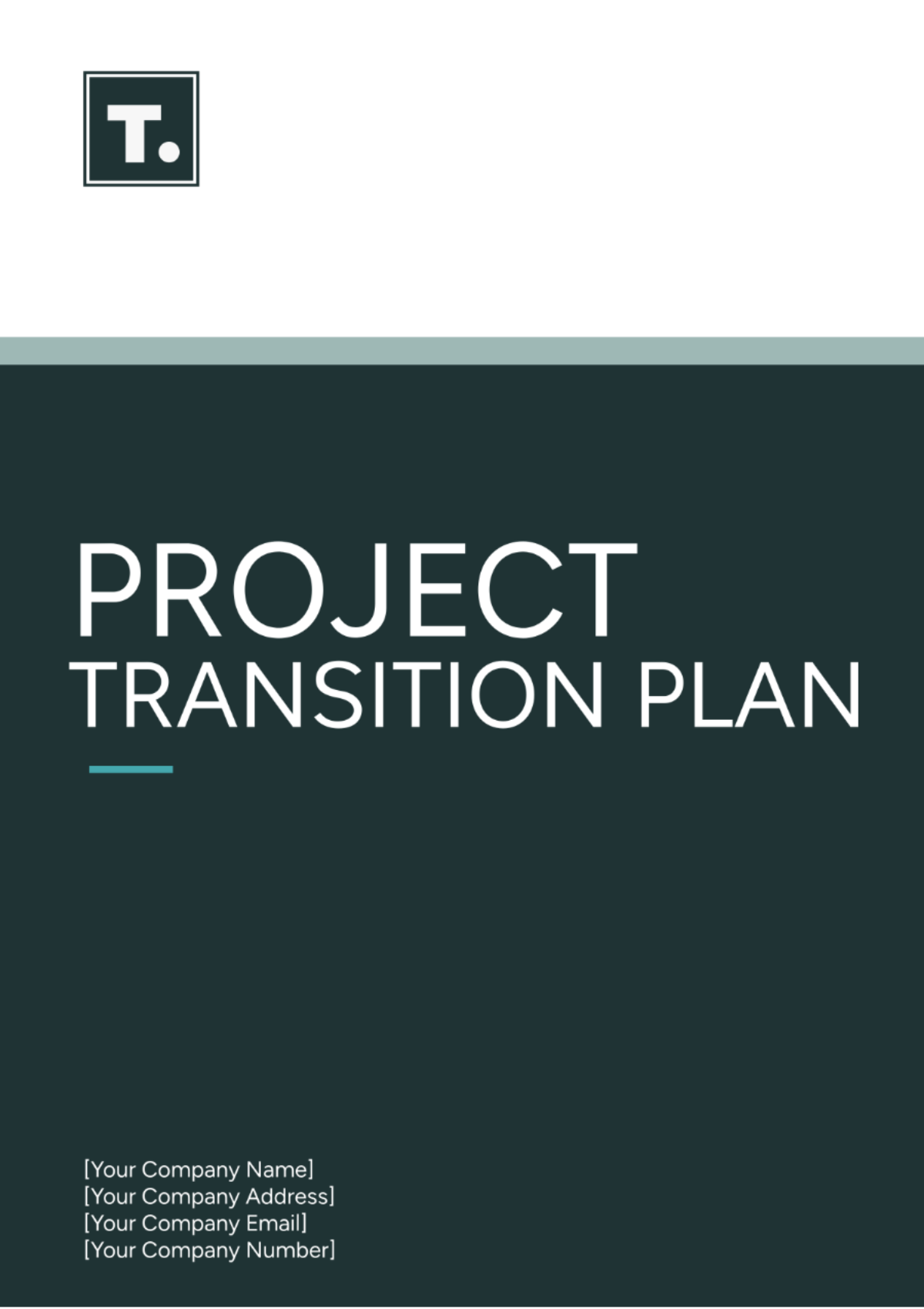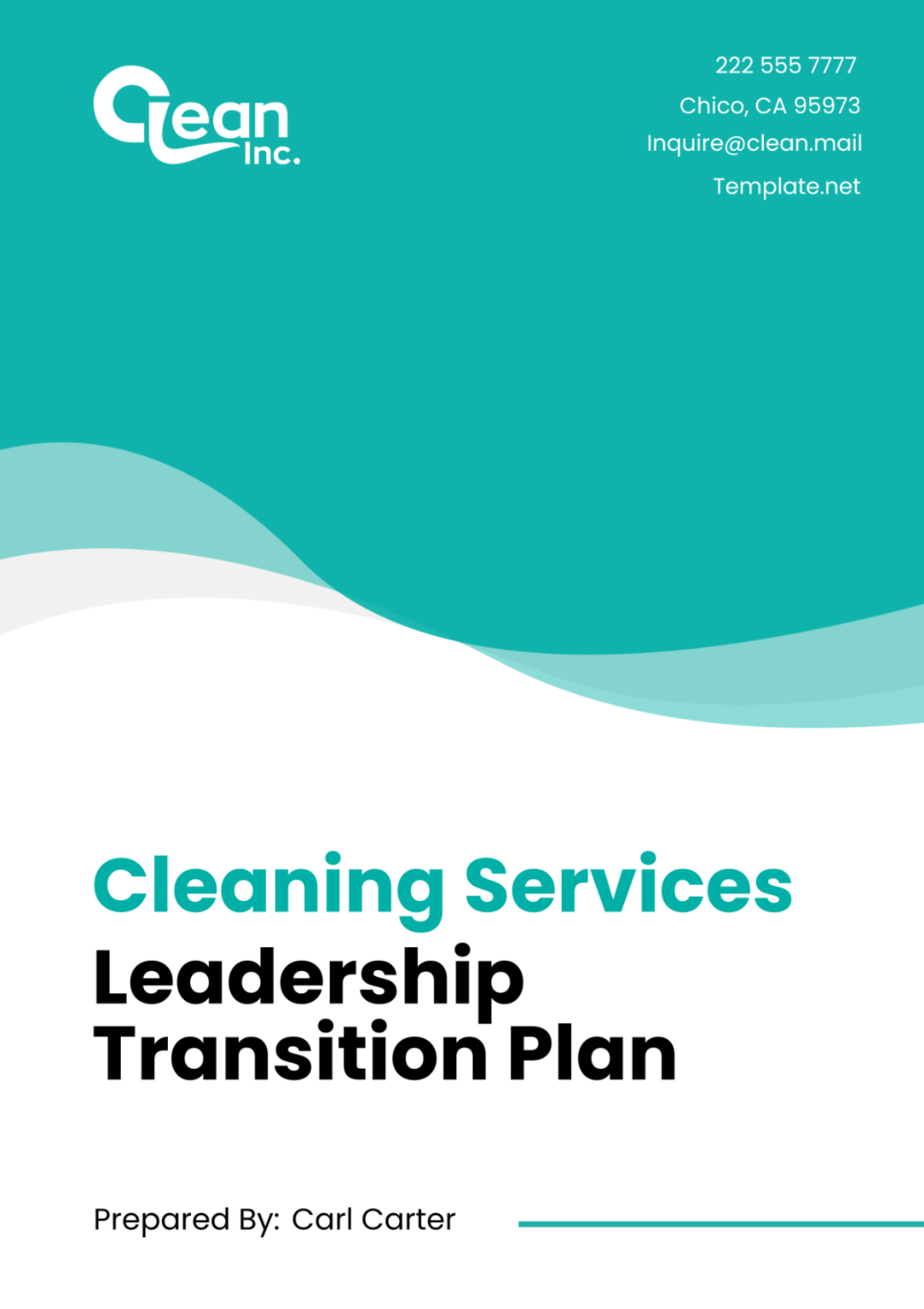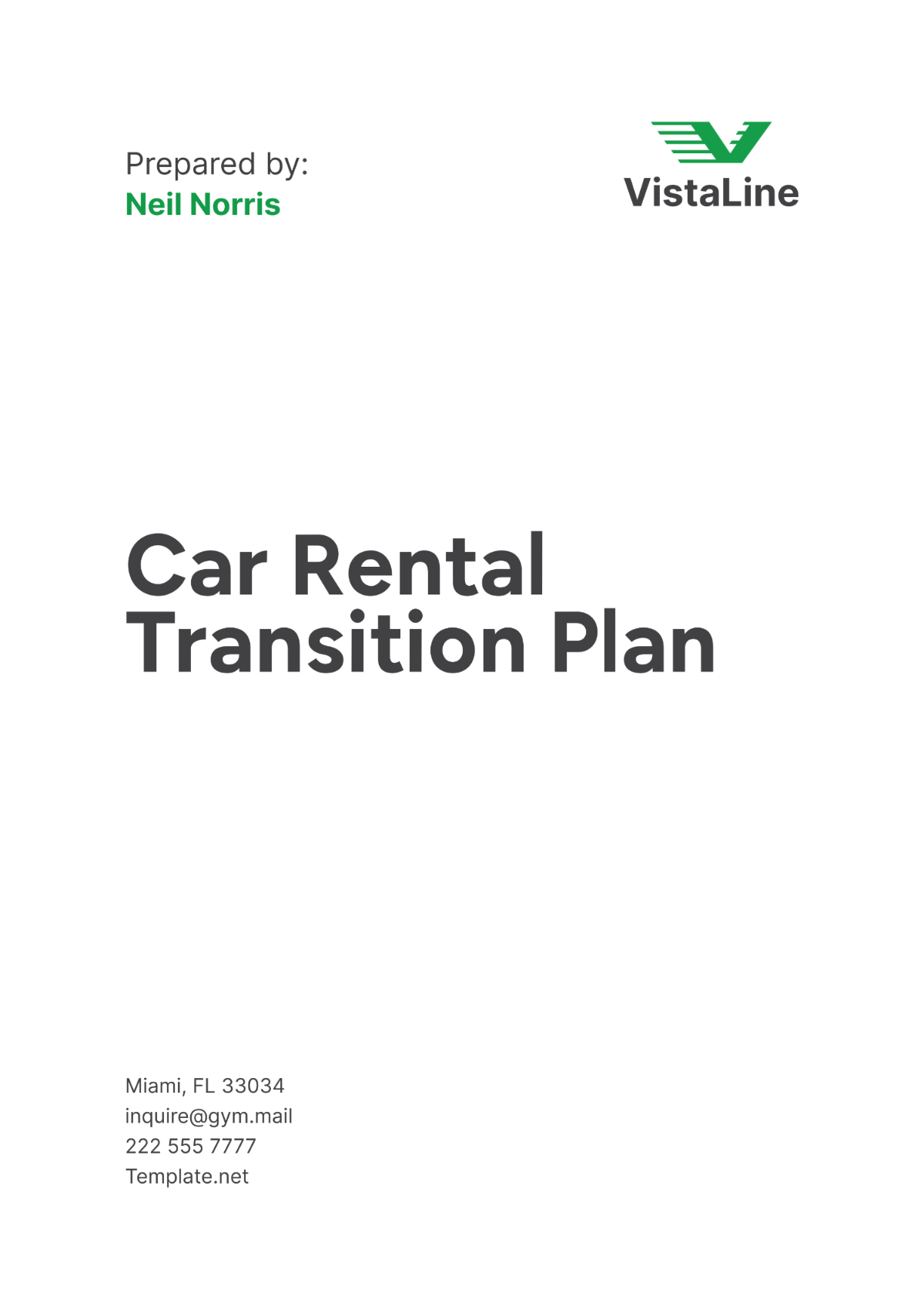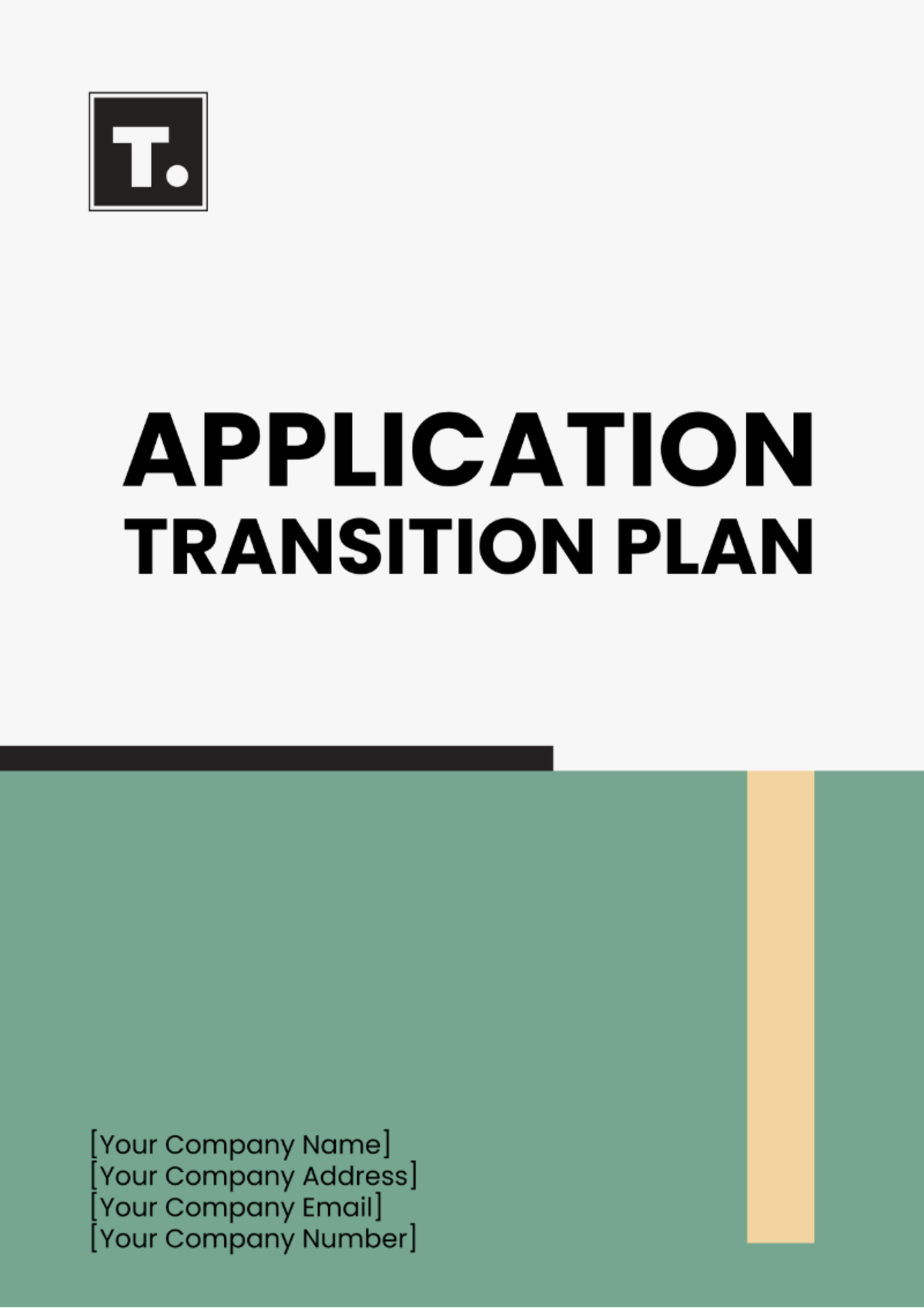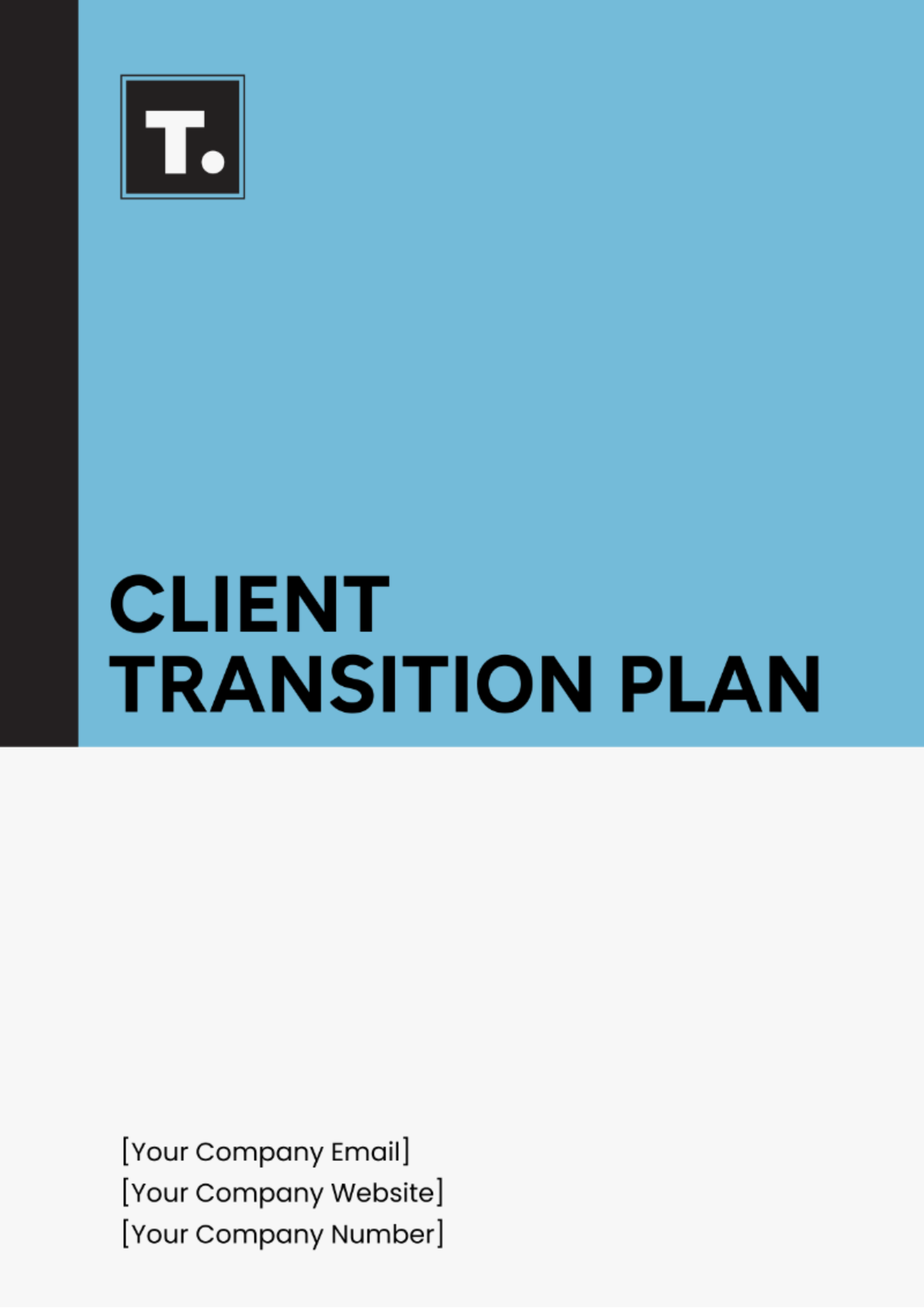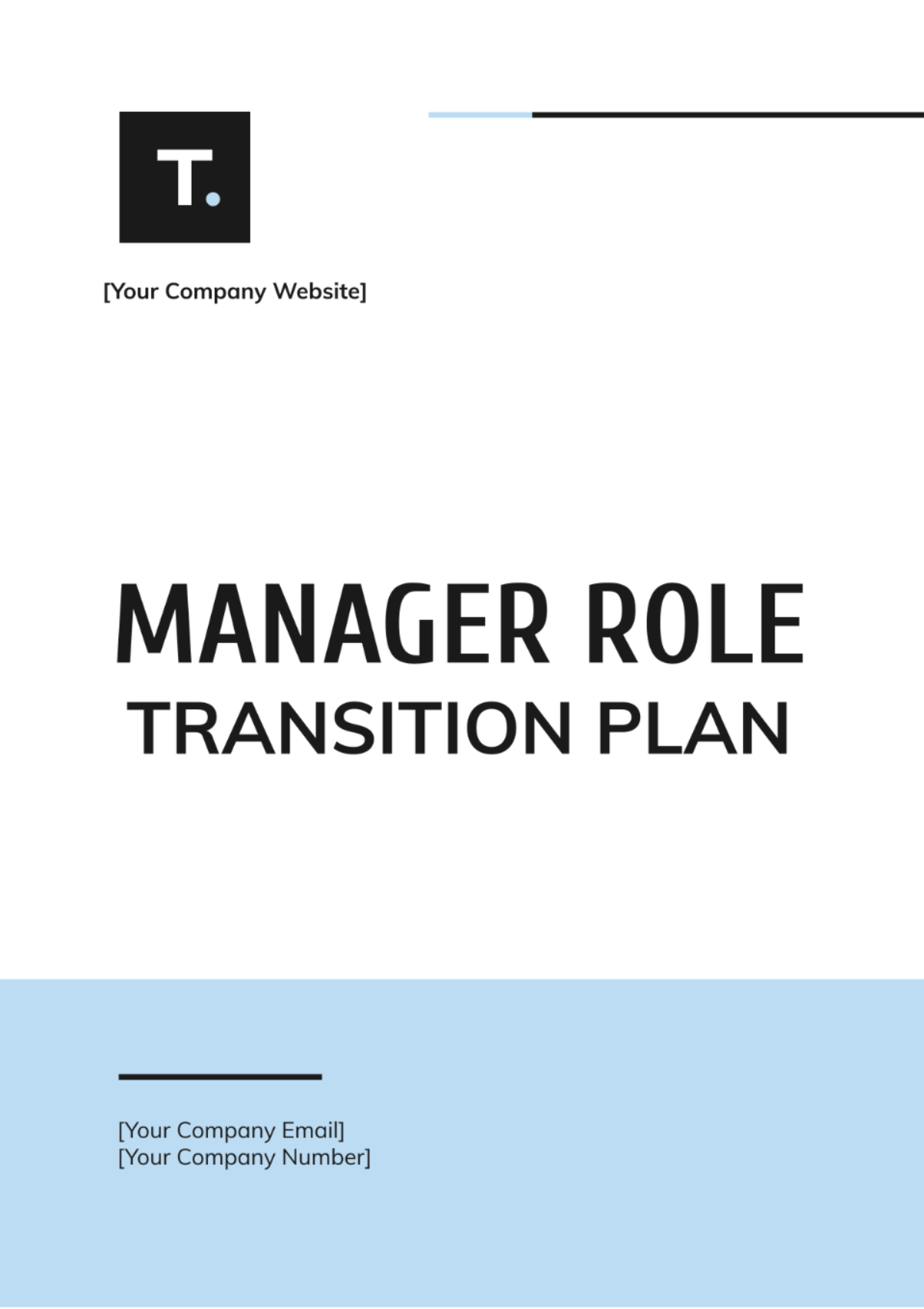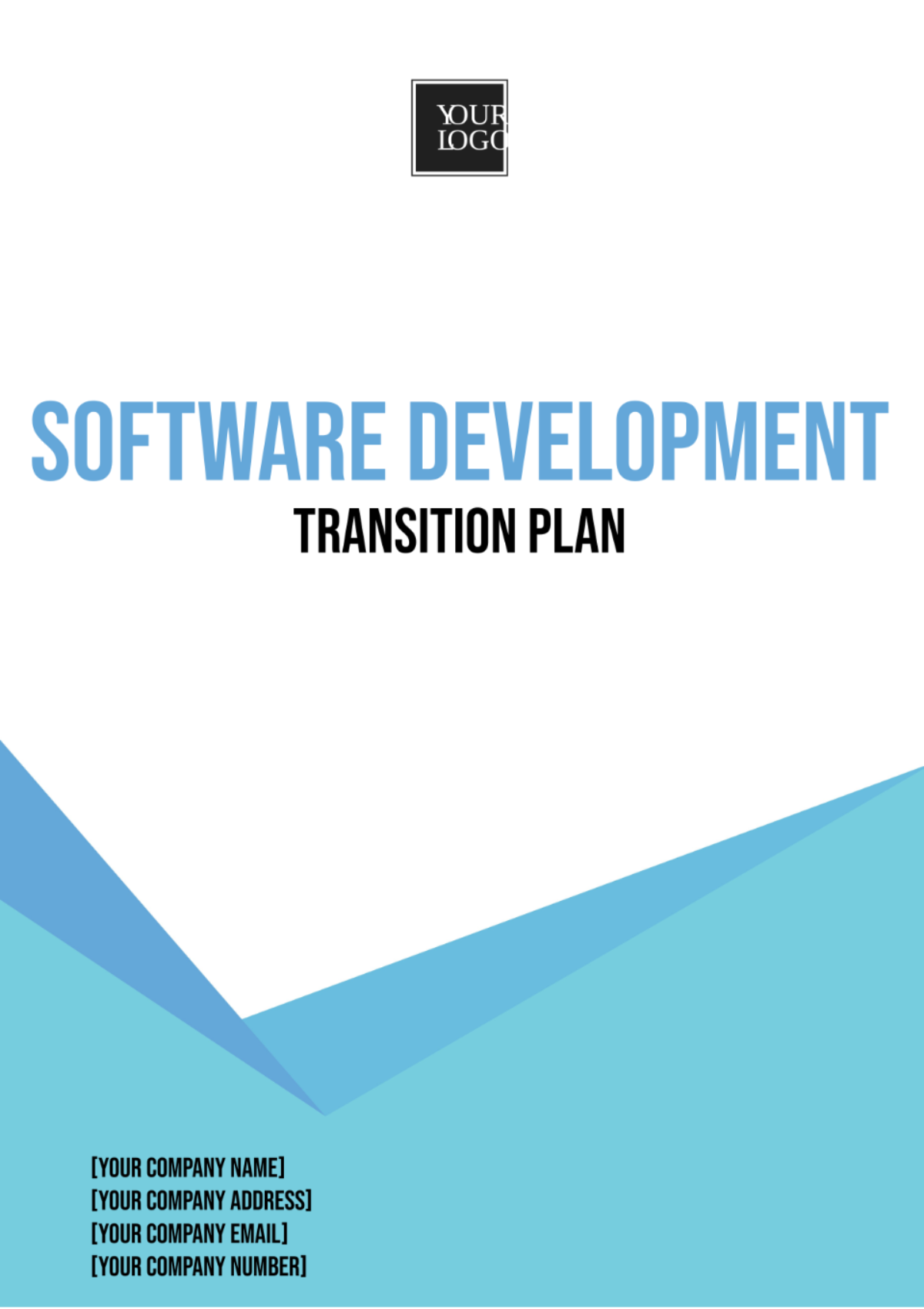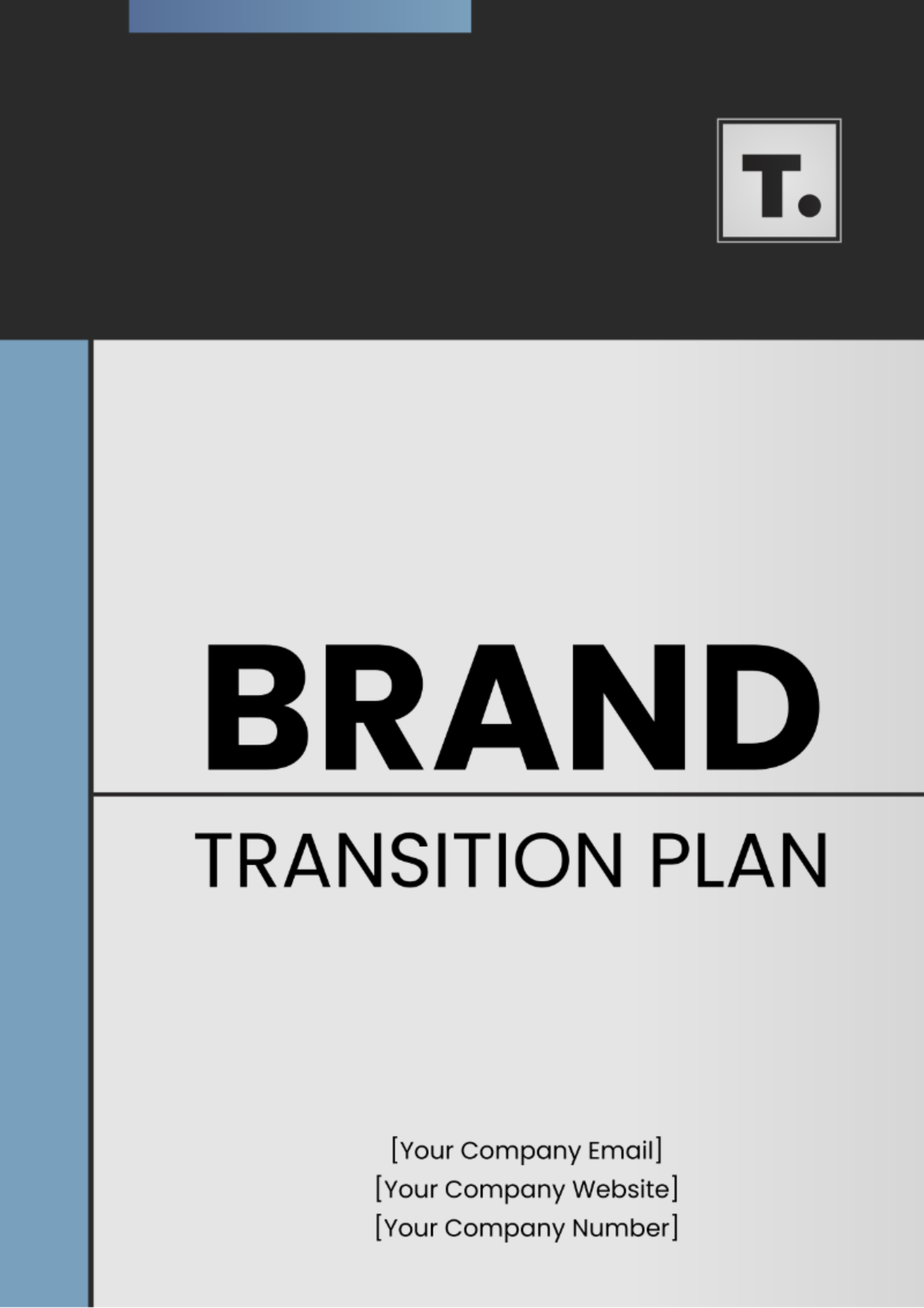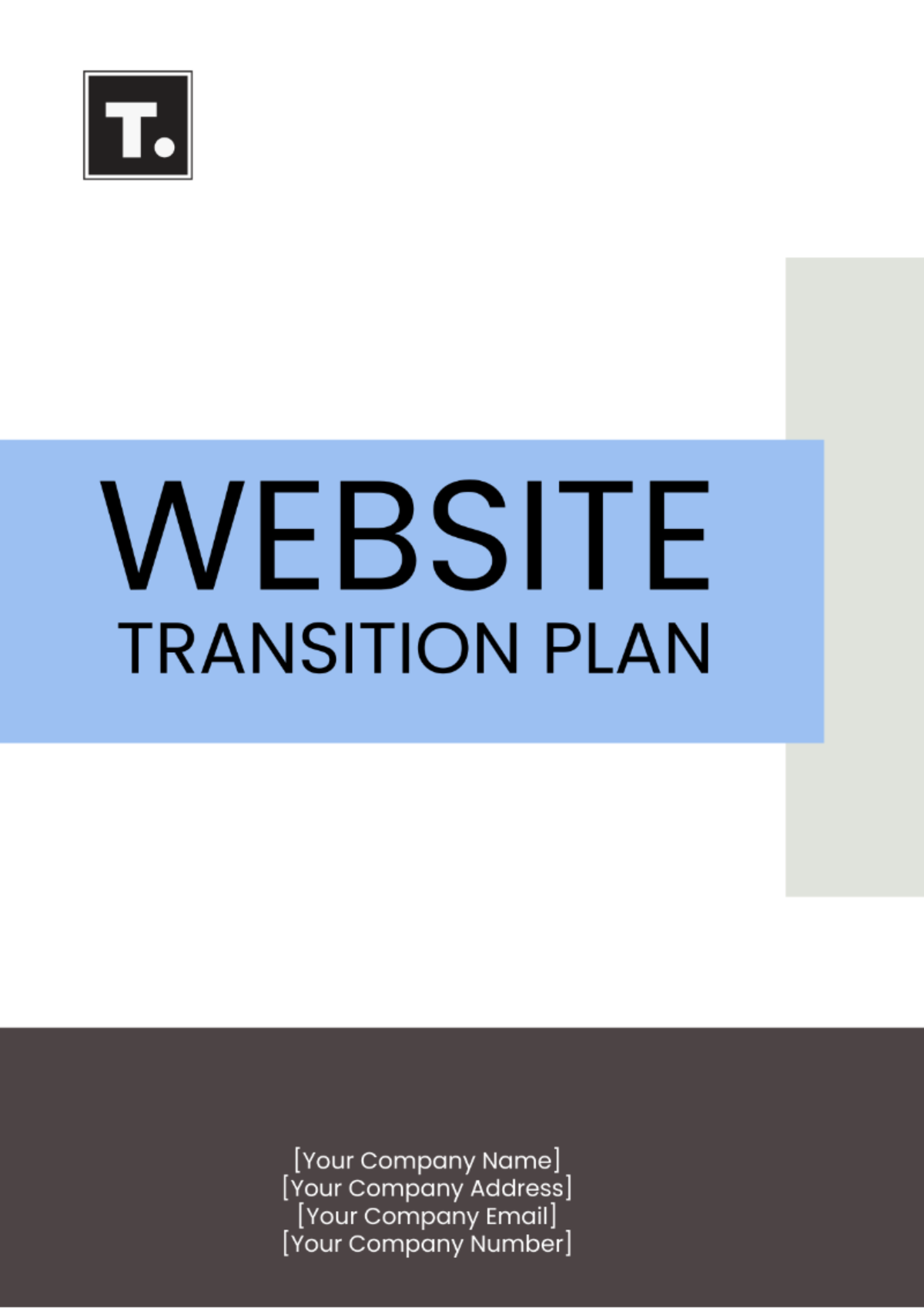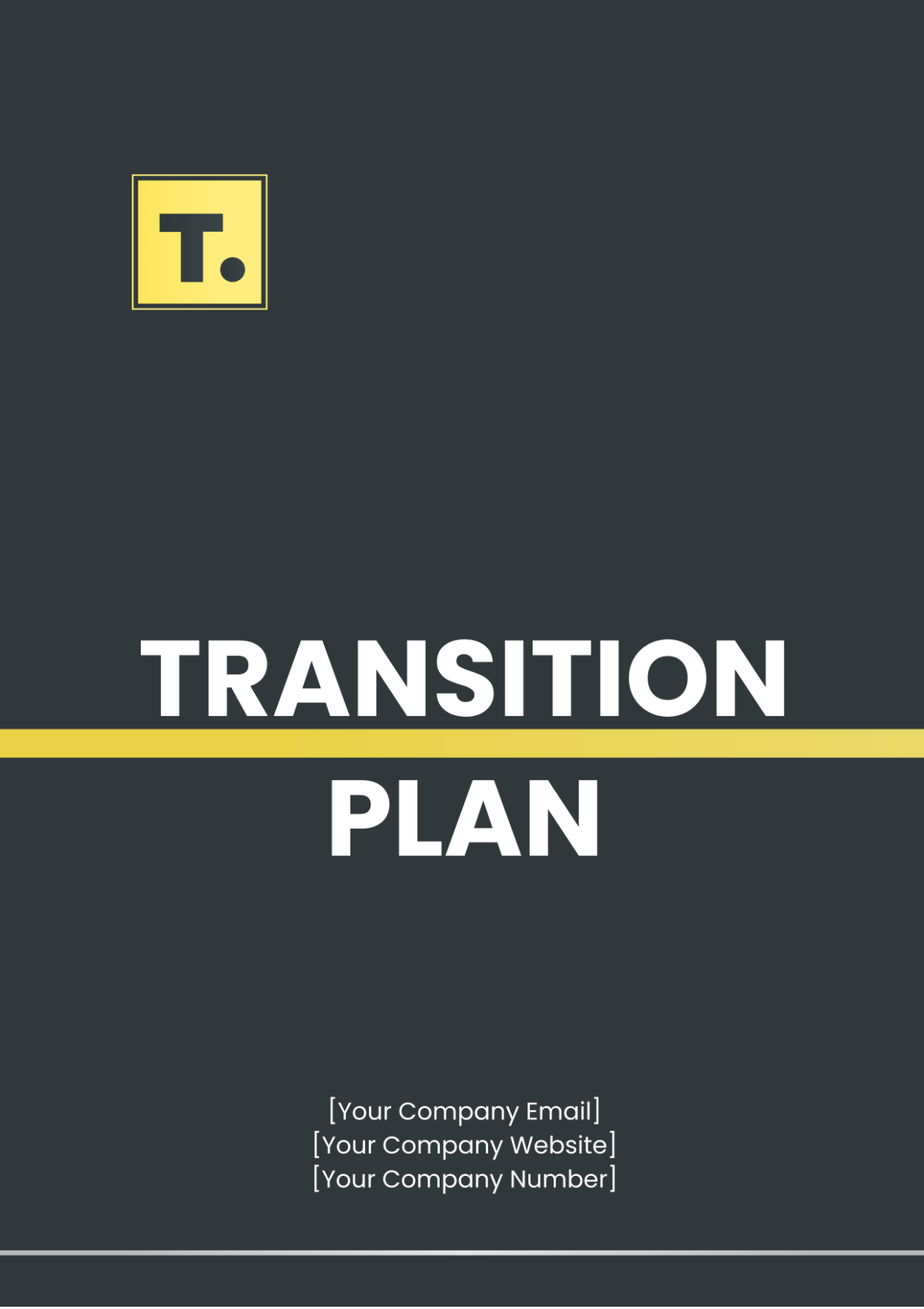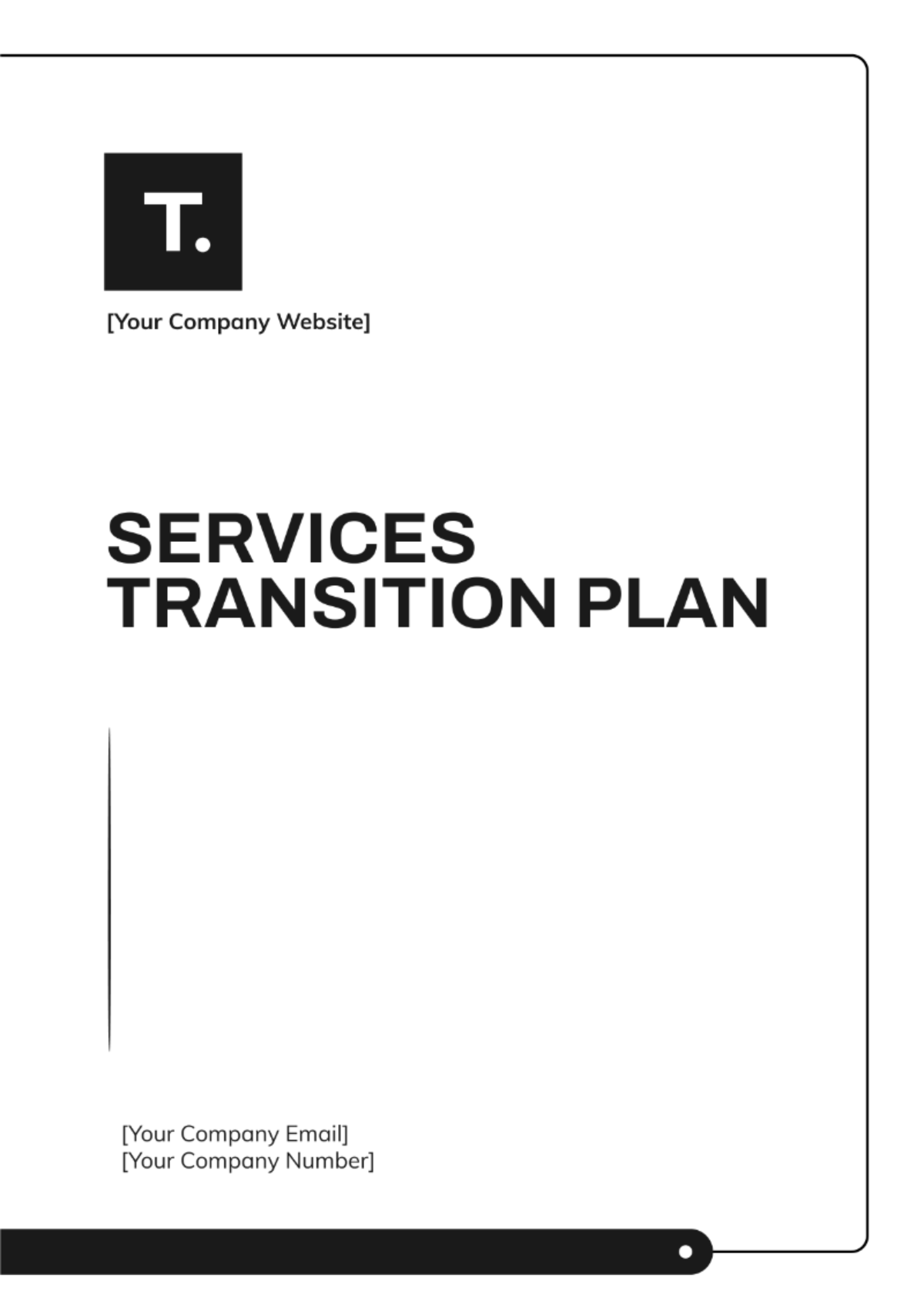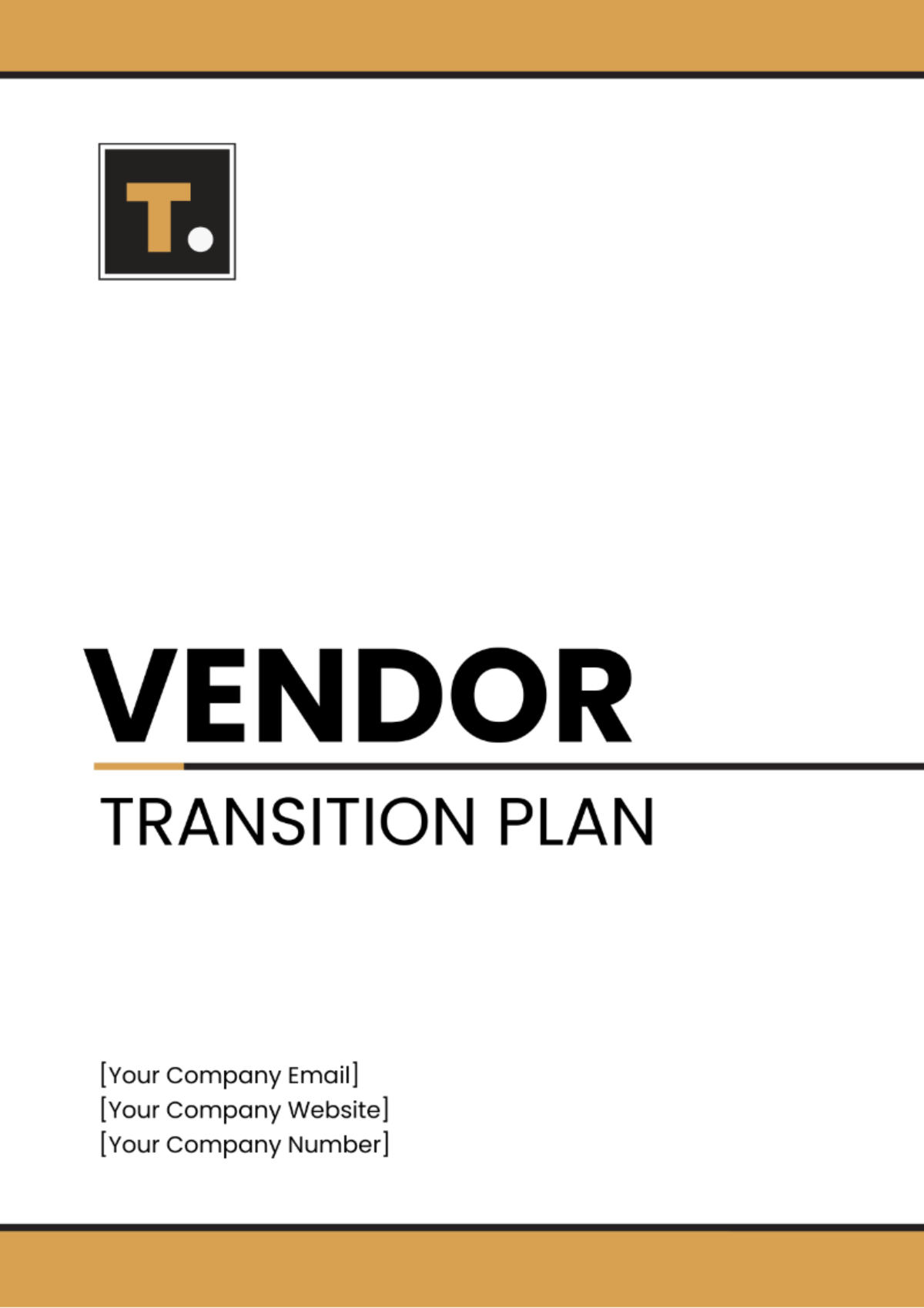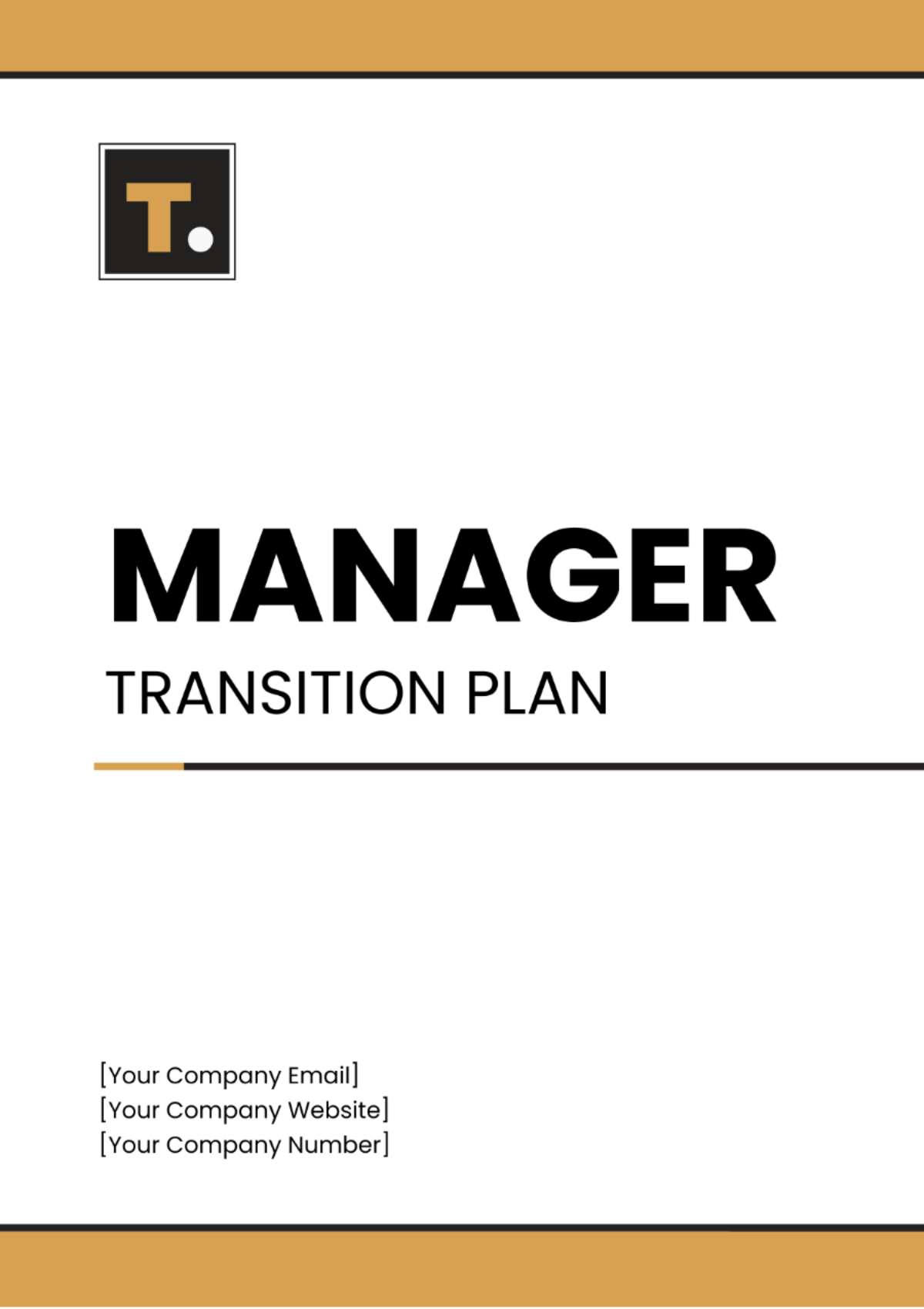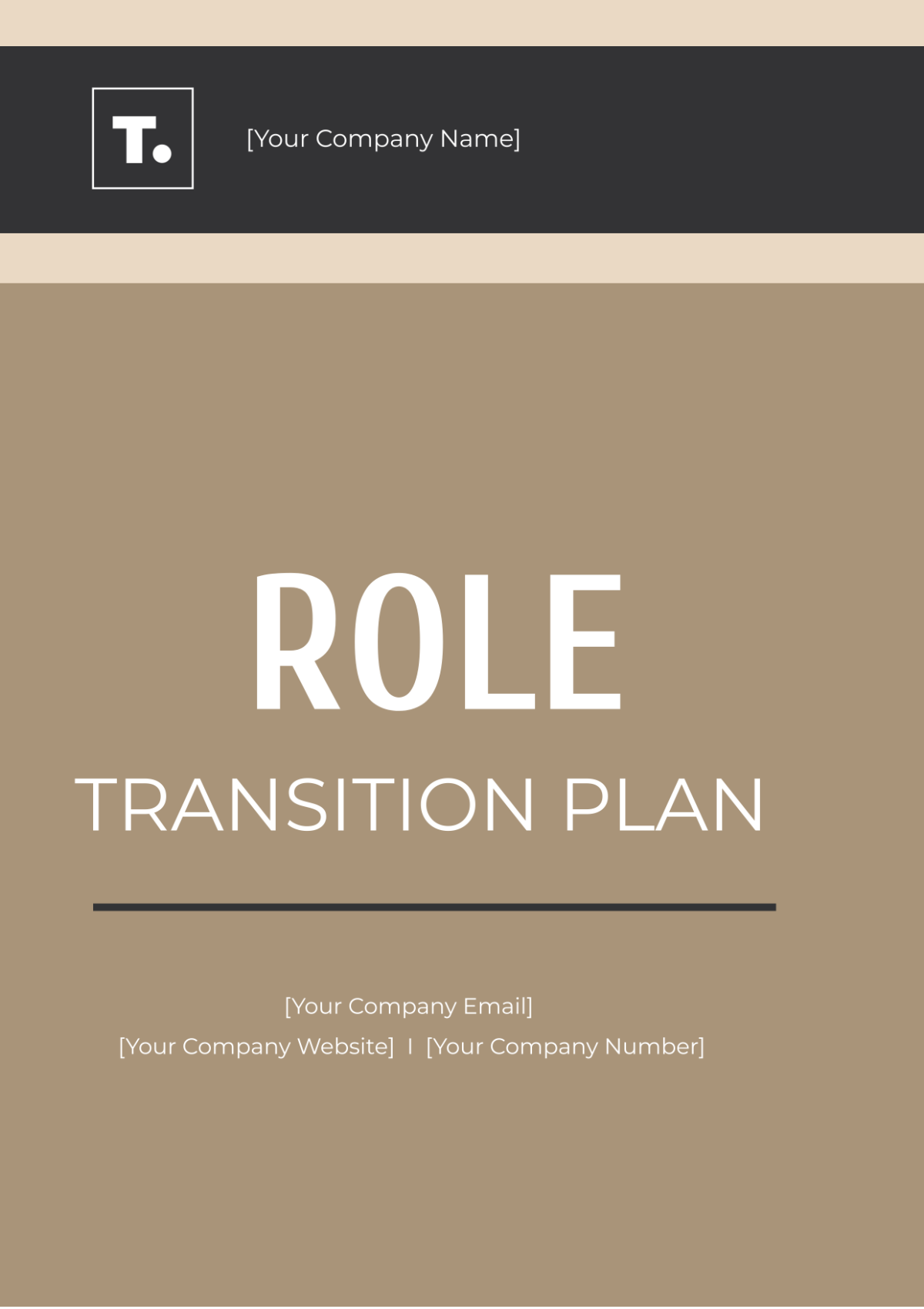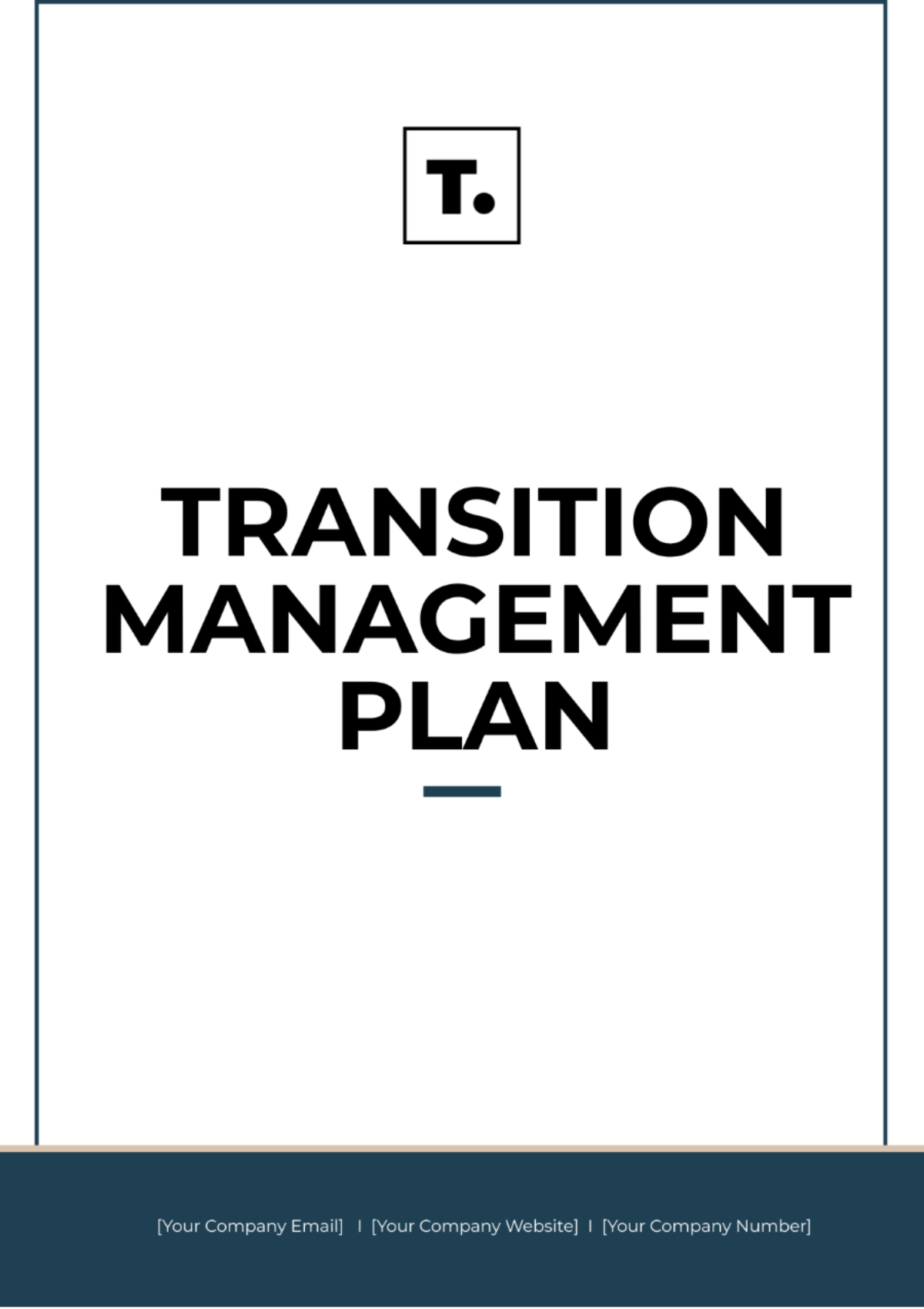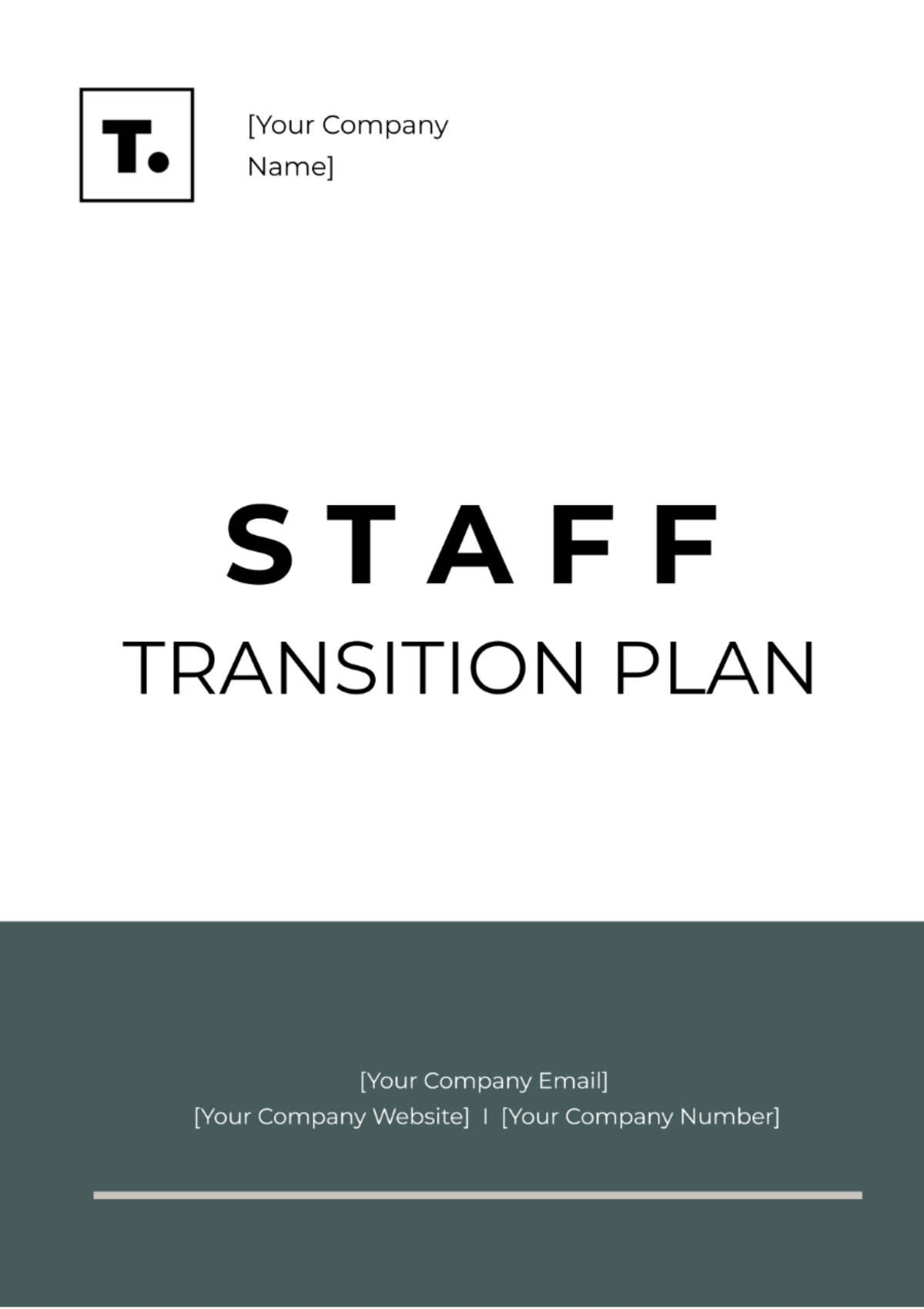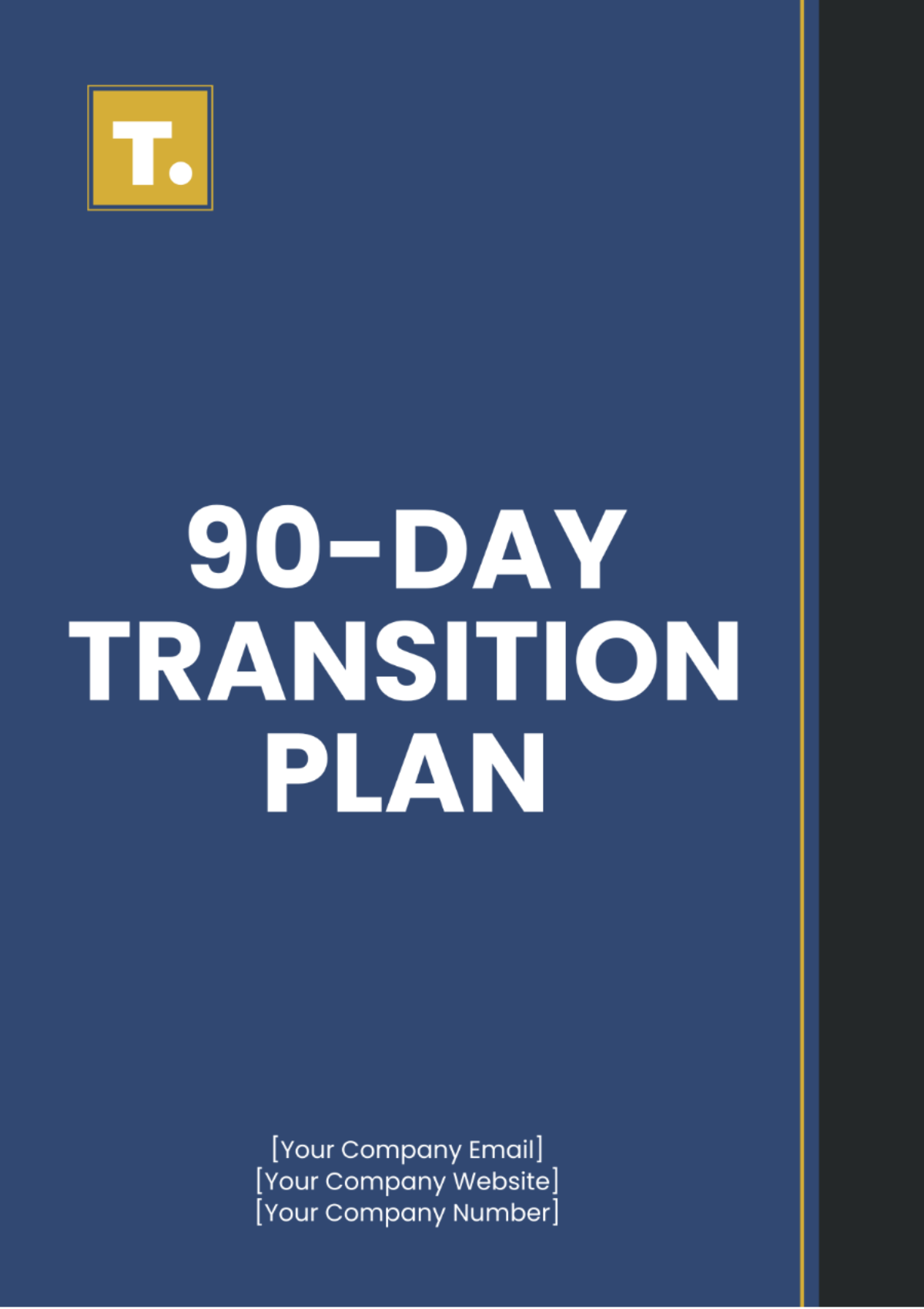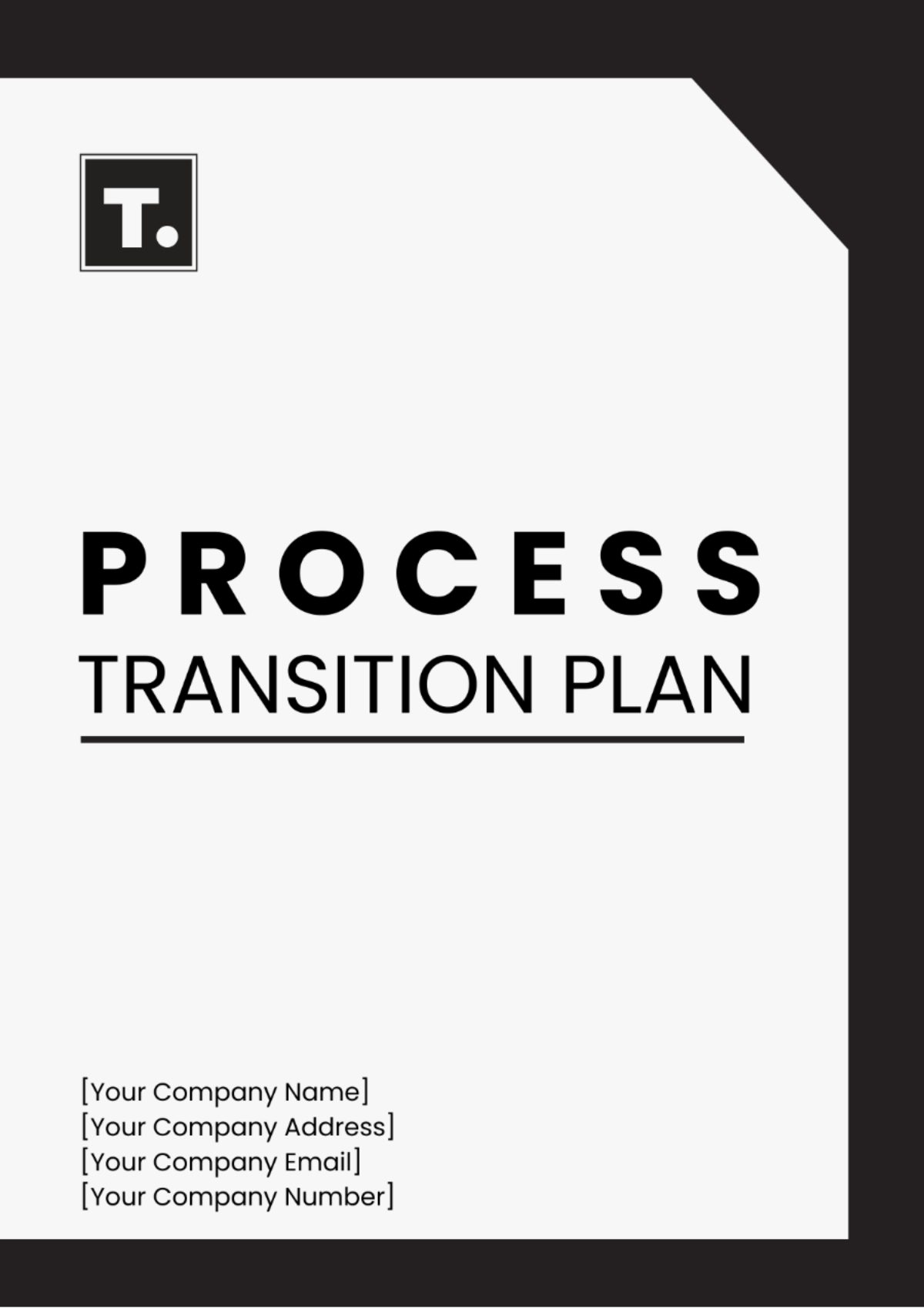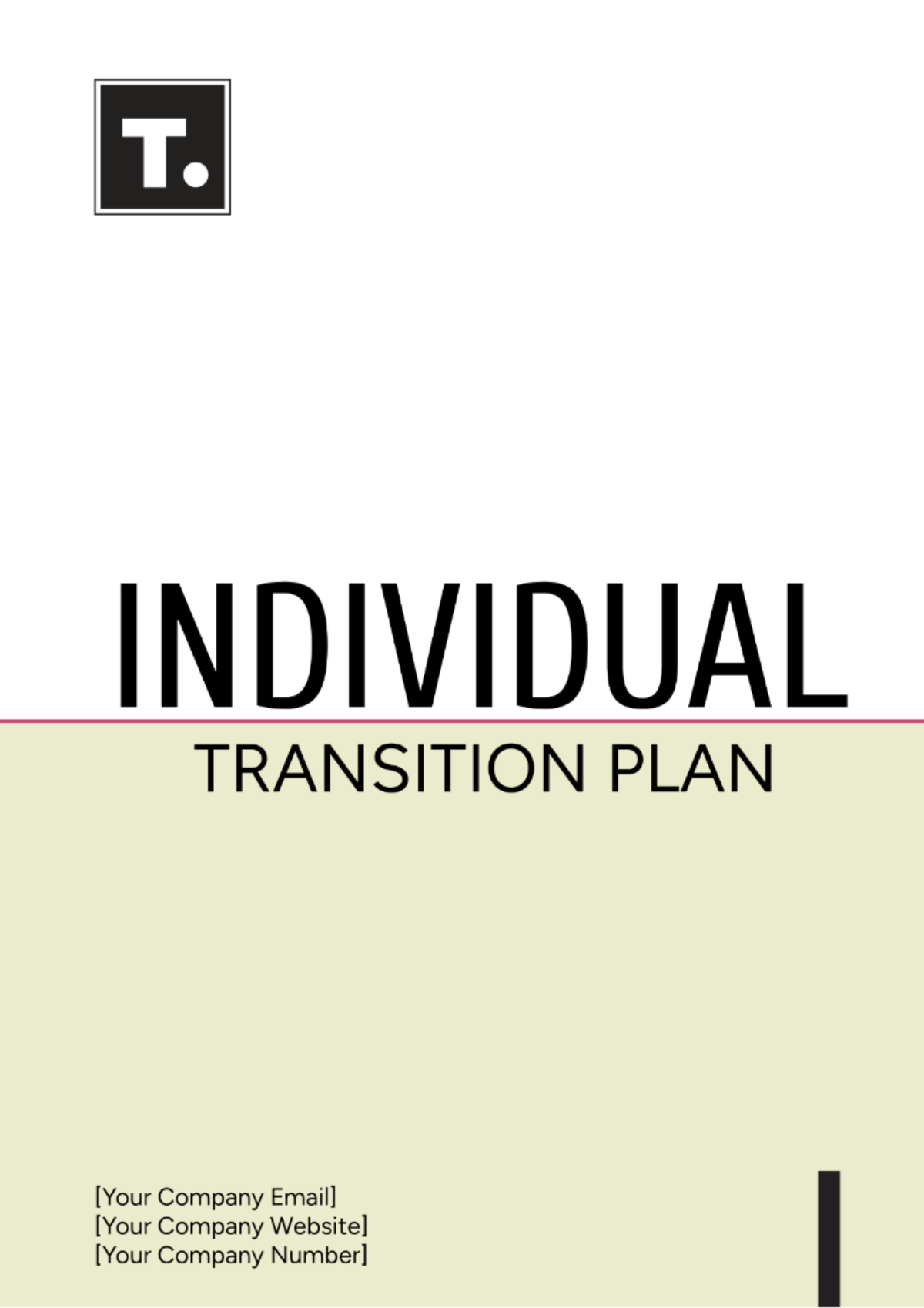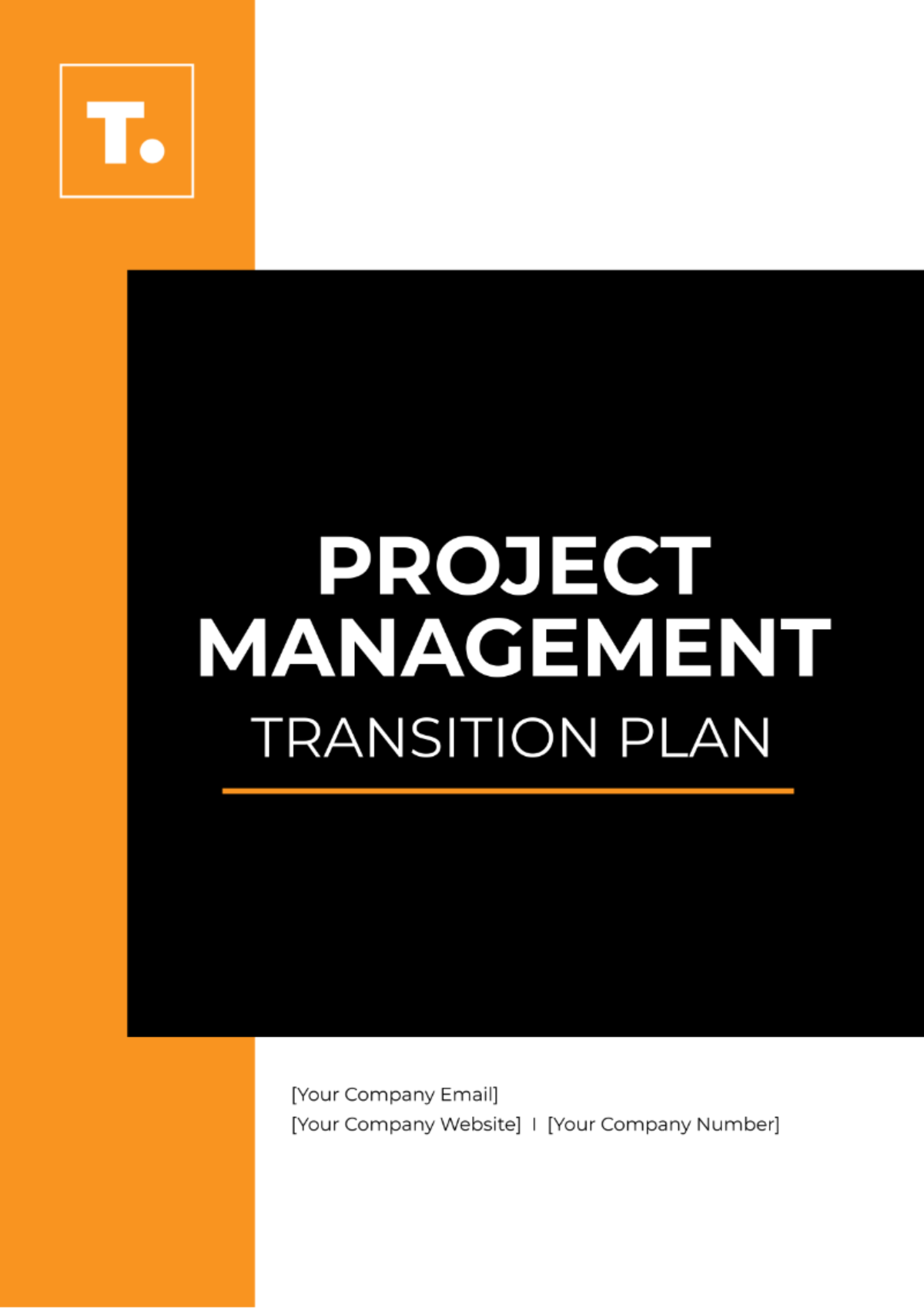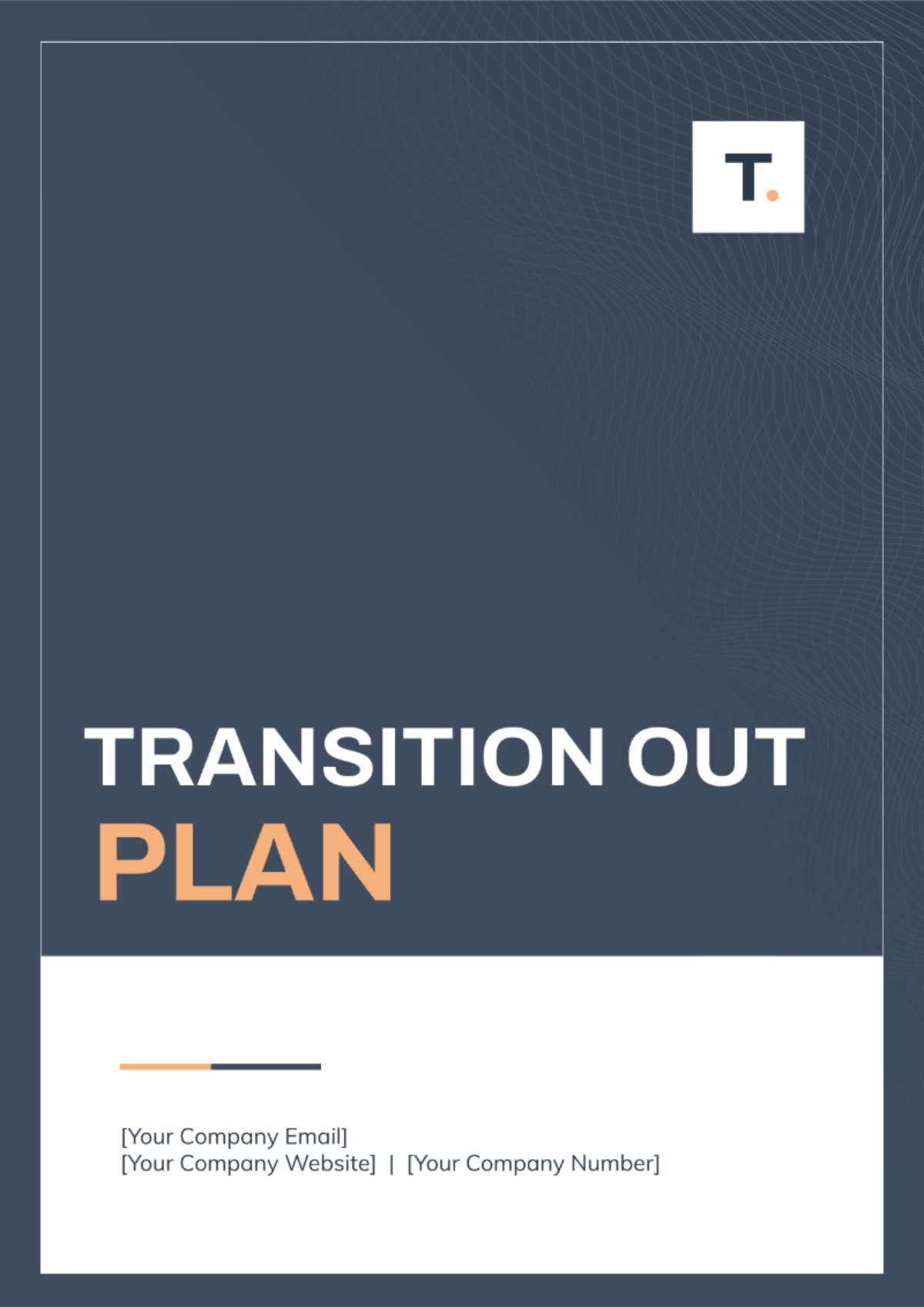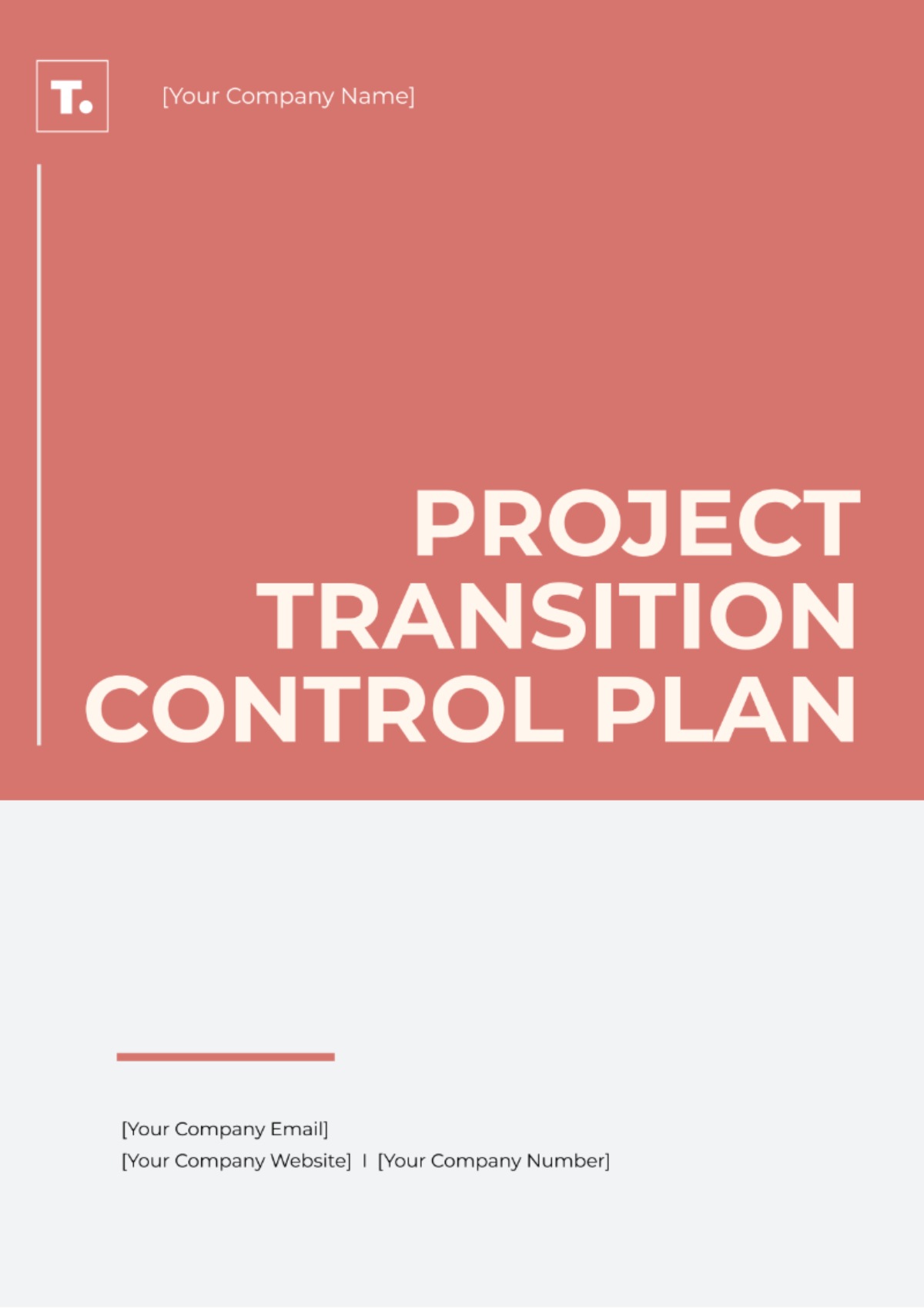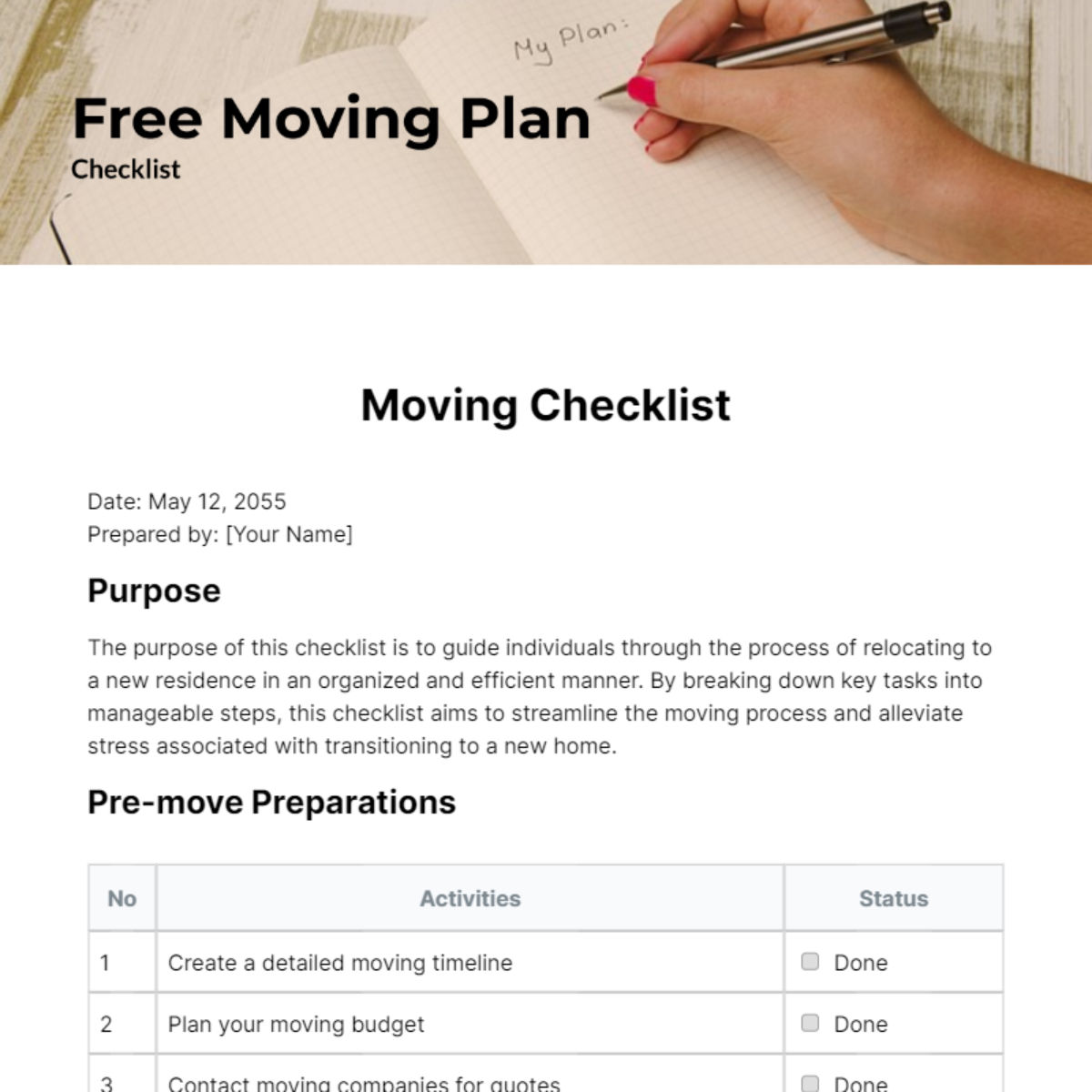Transition Out Plan
Prepared By : | [YOUR NAME] |
Email: | [YOUR EMAIL] |
Date: | [DATE] |
I. Introduction
The objective of our Transition Out Plan is to ensure a seamless and organized exit from a project, role, or organization. By clearly defining steps for wrapping up responsibilities, transferring knowledge, and maintaining continuity of work or services, we aim to minimize disruptions and ensure a smooth transition. Our focus is on preserving productivity, supporting remaining team members, and ensuring a professional and efficient transition process.
II. Contact Information
Position | Name | Phone Number | |
|---|---|---|---|
Transition Plan Owner | [Your Name] | [Your Email] | [Your Company Number] |
Project Manager | [Project Manager Name] | [Project Manager Email] | [Project Manager Phone Number] |
HR Representative | [HR Representative Name] | [HR Representative Email] | [HR Representative Phone Number] |
III. Key Activities
A. Knowledge Transfer
Identify critical knowledge areas: Determine essential areas of expertise and information necessary for the successful transition and continued operation.
Assign knowledge transfer sessions: Schedule and organize sessions where departing team members can share their expertise with their successors.
Document essential procedures and contacts: Create comprehensive documentation detailing key processes, workflows, and contact information for critical stakeholders.
B. Handover of Responsibilities
Complete a detailed responsibility matrix: Develop a matrix that clearly outlines each task, its current owner, and the future assignee to ensure no responsibilities are overlooked.
Confirm new role assignments: Ensure that all new role assignments are finalized and communicated to the relevant parties.
Provide training and support to new role-holders: Offer necessary training and ongoing support to ensure new role-holders are well-prepared for their responsibilities.
C. Communication Plan
Notify all stakeholders of the transition: Inform all relevant parties about the upcoming changes and the timeline for the transition.
Provide regular updates on progress: Keep stakeholders informed with consistent updates on the transition's status to ensure transparency and trust.
Address any stakeholder concerns promptly: Respond to and resolve any questions or issues raised by stakeholders in a timely and effective manner.
IV. Detailed Transition Timeline
Activity | Owner | Deadline |
|---|---|---|
Initial Assessment | [Your Name] | [Date] |
Knowledge Transfer Sessions | [Your Name] | [Date] |
Final Handover | [Your Name] | [Date] |
Completion Review | [Your Name] | [Date] |
V. Risk Management
A. Potential Risks
Knowledge gaps: Risk of losing critical information and expertise during the transition.
Timeline delays: Possibility of falling behind schedule and impacting project deadlines.
Stakeholder dissatisfaction: Risk of stakeholders being unhappy with the transition process or outcomes.
B. Mitigation Strategies
Provide thorough documentation: Ensure all essential knowledge, procedures, and contacts are well-documented and easily accessible.
Regularly review progress: Continuously monitor the transition progress to identify and address any issues promptly.
Maintain clear communication: Keep all stakeholders informed with regular updates and be proactive in addressing their concerns.
VI. Transition Closure
A. Review and Sign-off
Conduct a final review of all activities: Evaluate the completion and effectiveness of all transition activities to ensure nothing is overlooked.
Gather feedback from stakeholders: Collect input from stakeholders on the transition process and its outcomes to identify any areas for improvement.
Formally sign-off the transition plan: Obtain formal approval from all relevant parties to confirm the successful completion of the transition.
B. Post-Transition Support
Offer support for a specified period post-transition: Provide ongoing assistance for a designated time to ensure a smooth adjustment for all involved.
Address any residual issues: Quickly resolve any remaining problems that arise after the transition to maintain operational stability.
Ensure continuity: Confirm that all processes continue to function seamlessly and that new role-holders are fully integrated.
